There are different types of wood just as much as there are different types of trees. Loggers deliver the timber from the trees they cut down to factories. These factories then process them into lumber, which construction workers use as a building material. Items made from wood are usually sturdy, and last long under the right circumstances. Therefore, wood remains an important item for building many projects.
When it comes to woodworking, it may tempt you to even go for cheaper lumber instead of actually doing research on what wood types would fit better for your project. However, certain projects prefer different types of wood. Looking for the cheapest lumber and comparing your local home depot wood prices won’t help you save money. In fact, it may even cost you more. The solution is knowing how to identify the different types of wood, where to get them, and how to use them right.
Don’t be too overwhelmed, though, because we have separated the types of wood into three categories while offering examples of the types of lumber available under them. You have your hardwoods, softwoods, and pseudo woods all lined up in an orderly fashion. Of course, we’ve also added what they’re used for. This will help you choose the right type of lumber for your wooden furniture, housing projects, or small DIY wood art sculptures.
Understanding the Different Types of Wood
There are a fair number of types of wood available out there. For instance, processed wood such as lumber is often sold as dimensional lumber. When lumber is sold as dimensional lumber, it means that they were pre-cut into standard sizes. There are four types of dimensional lumber: 1 by 2 wood, 1 by 4 wood, 2 by 2 wood, 2 by 4 wood, and 4 by 4 wood. Despite the mass production of dimensional lumber, wood is still being sold in other varieties. This means you can still ask for or buy other sizes of wood planks. Home Depot and other departments selling wood will probably have dimensional lumber more than other sizes, though.
There are also types of wood grains that organize the lumber in terms of surface texture: flat grain, straight grain, and curly grain. The wood grain depends on the cutting process rather than on which of the wood was used. This means that two types of wood coming from the same tree can have different grains. This is especially important on wood grain furniture since people can feel and see the different wood grains. You may also use the Janka scale, also known as the wood hardness scale, which measures the types of wood by hardness. This is incredibly useful when building things that are sturdy and can take damage.
Hardwood
Among the types of wood, there are four subgroups: hardwood, softwood, woody grass and plants, and engineered wood. We classify hardwood trees as being denser than softwoods and for their durability. Their seeds are covered with another layer, therefore classifying hardwood trees as deciduous trees.
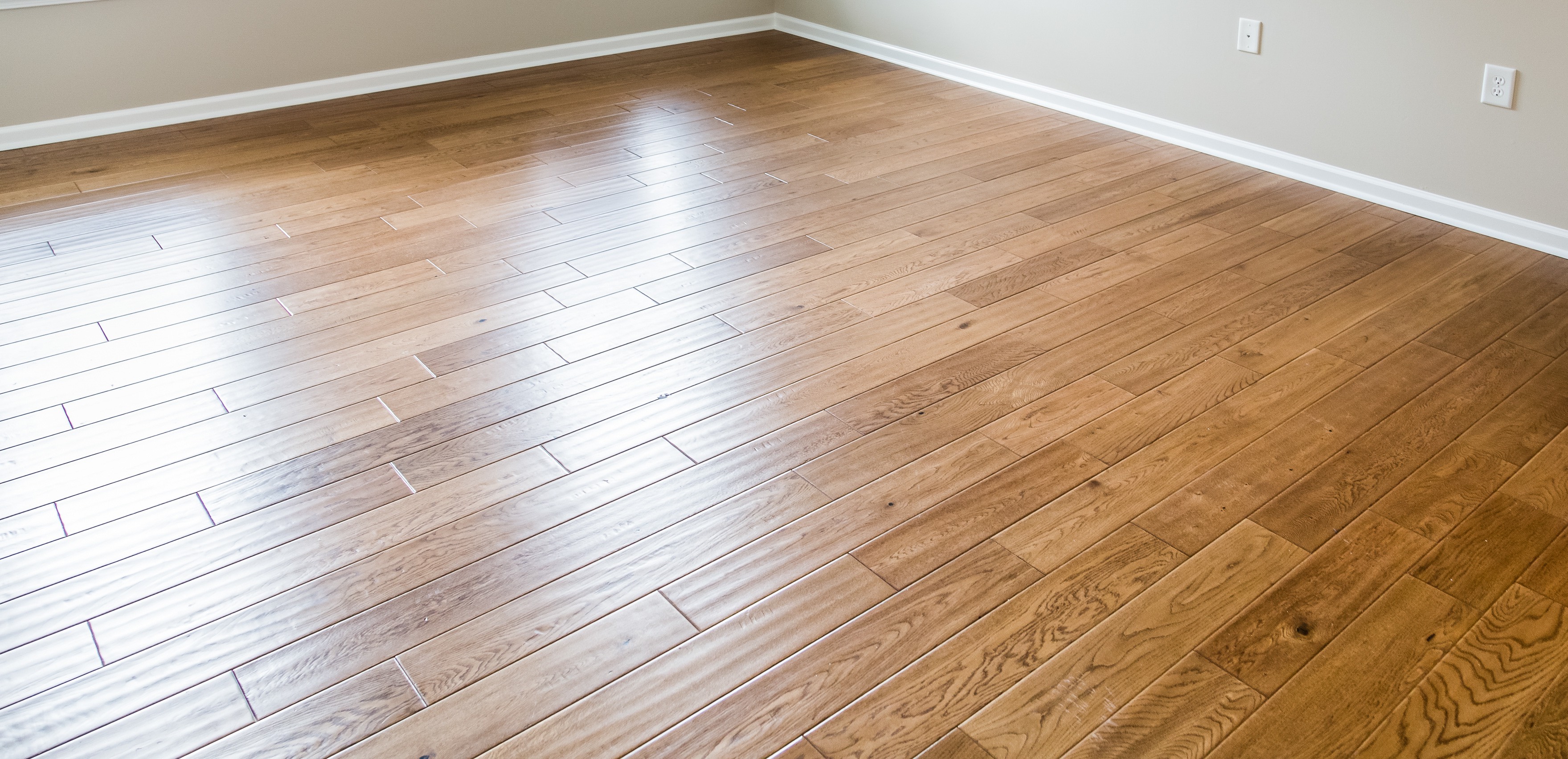
People often use hardwood lumber for the flooring of houses and buildings during construction. They are also handy for making boats and outdoor decks since hardwood lasts longer compared to the other types of wood. While hardwood is more durable and can hold large weights, hardwood is also more difficult to handle compared to the other two types of wood. Listed below are examples of hardwood trees and their preferred uses.
Birch
Examples of Birch: Gray, Paper, and Sweet
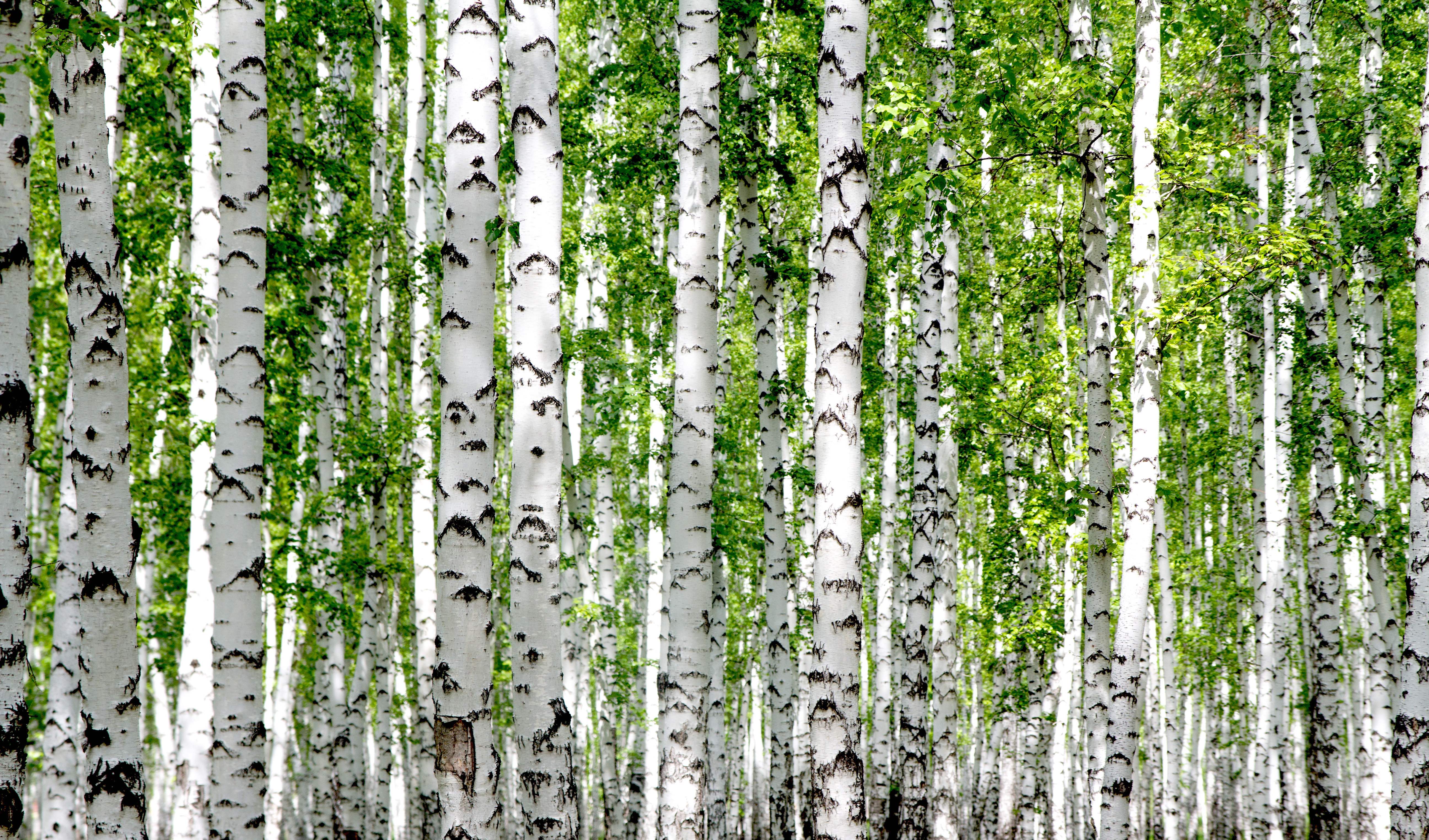
Birch hardwood is one of the most popular types of wood. It is a hardwood that is preferred in veneer and interior buildings. However, there are also mass productions of toys and tools made of birch. People designing furniture will often associate birch in their woodworking projects, seeing as they are also recommended for cabinets and other indoor furniture. Factories usually have birch in straight grain and a fine texture.
We can easily find birch wood scattered across the northern hemisphere of the globe. People can also use the inner bark of the birch tree as emergency rations. Settlers and Native Americans often ate the inner bark ground, raw, or stripped in the shape of noodles. Birch tree sap is also edible and can be used to create syrup. The red inner bark of black birches is also used to make tea. In terms of religions, birch trees were symbols of Tír na nÓg, the Celtic land of the dead, and the Sidhe, which are creatures similar to fairies and elves.
Elm
Examples of Elm: American, English, and Wych
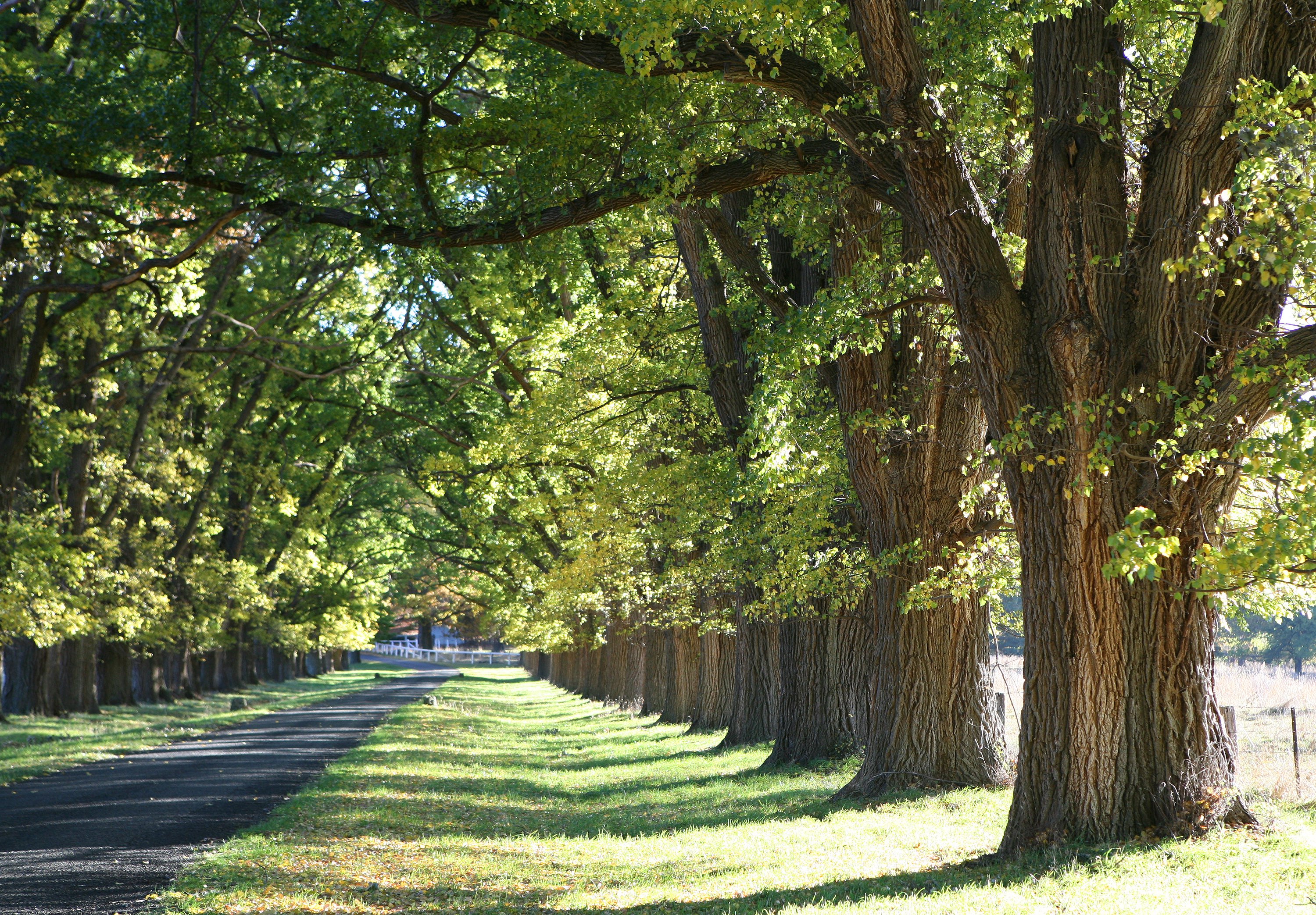
Elm is one of the types of wood belonging to the hardwood group. Lumber made of elm is highly valued for its interlocking grain and durability, especially since elm wood does not split easily. You can find elm trees all around the northern hemisphere of Earth, just like the birch trees. A healthy elm tree can grow large and live long lives. However, they are also susceptible to Dutch elm disease. Researchers discovered that bark beetles disperse a certain microfungus that causes this illness, making the old aged elm trees die. Thankfully, cultivators have found ways to stop the illness itself.
Elmwood is often used for hockey sticks, papermaking, wood pulps, veneers, baskets, and boxes. Interior designers and manufacturers use elmwood for furniture, doors, and windows because of its interlocking grain. Factories also make wood pulp and paper from elm. However, they’re also good for do-it-yourself projects such as basket making or boxes. This is because we know elm wood to be lightweight but durable. Their interlocking grain, accompanied by their ability to withstand pressure, allows baskets and boxes made of wood to remain dependable for a long time. However, elm is one of the softer types of hardwood and is prone to rotting and infestation. Therefore they may be durable, but they don’t last as long as other types of wood.
Eucalyptus
Types of Eucalyptus: Lyptus (Flooded Gum), White Mahogany, Brown Mallet
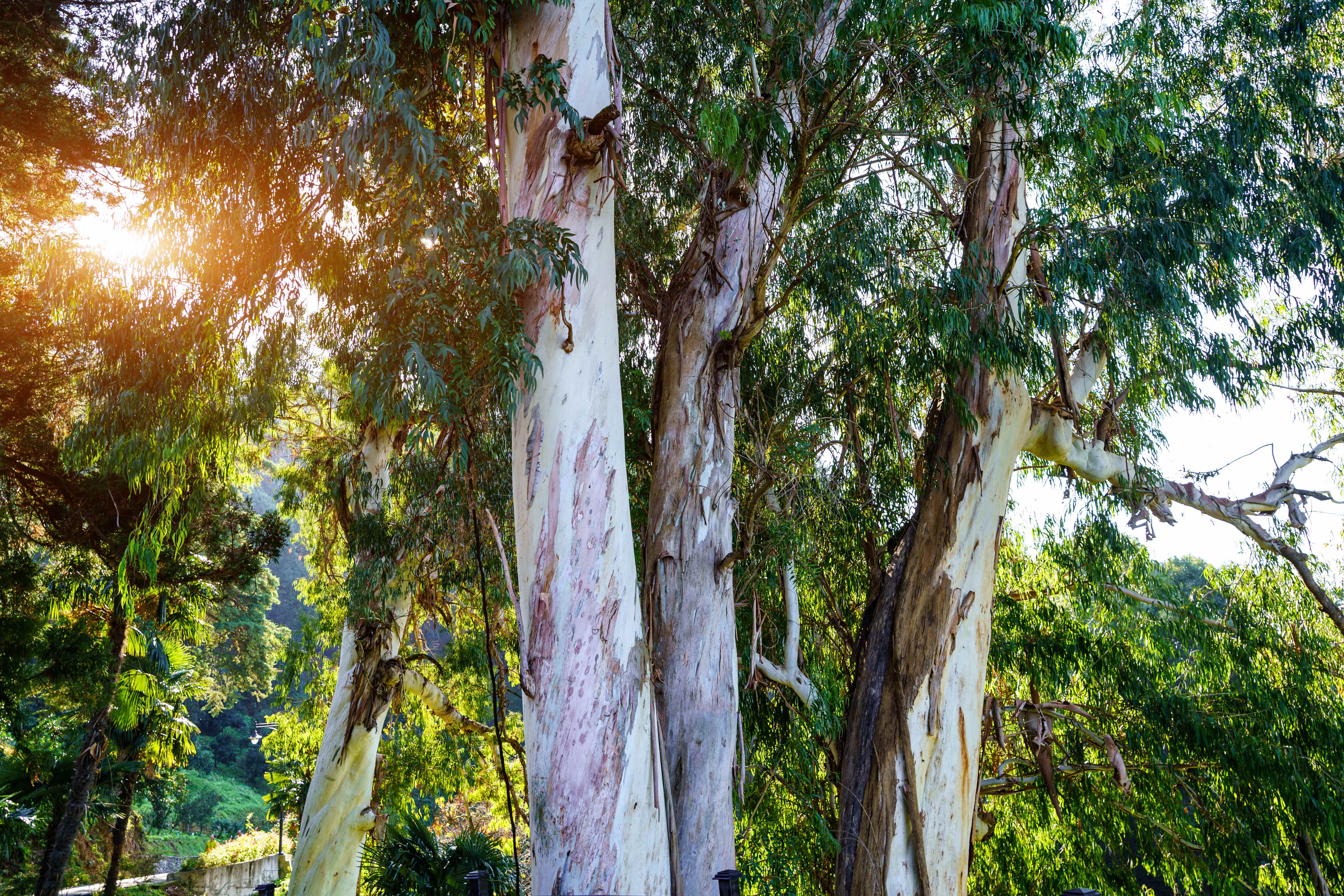
Eucalyptus wood is one of the types of woods indigenous to Australia. Some people prefer to call eucalyptus trees jarrah, red gum lace, or red mallee. It’s known to have moderate durability. This is because eucalyptus wood often has cellular collapse, which causes distortion once it dries. The best way to prolong eucalyptus wood is to do regular surface checking. Buying the wood oversized, letting it season, and then finishing it prolongs its durability for at least 20 to 25 years.
Australians primarily use eucalyptus wood as fuel, building material, and fencing. You may use eucalyptus wood as building material when making shade structures, paneling, millwork, and support beams. Some prefer using eucalyptus wood for patio designs and outdoor furniture. This is because eucalyptus wood has a high resistance against pests. The wood itself is also resistant to decay and rotting. Adding to this, the color changes. It starts as a reddish-brown color and darkens in time.
Mahogany
Types of Mahogany: Pacific Coast, West Indies, Bigleaf
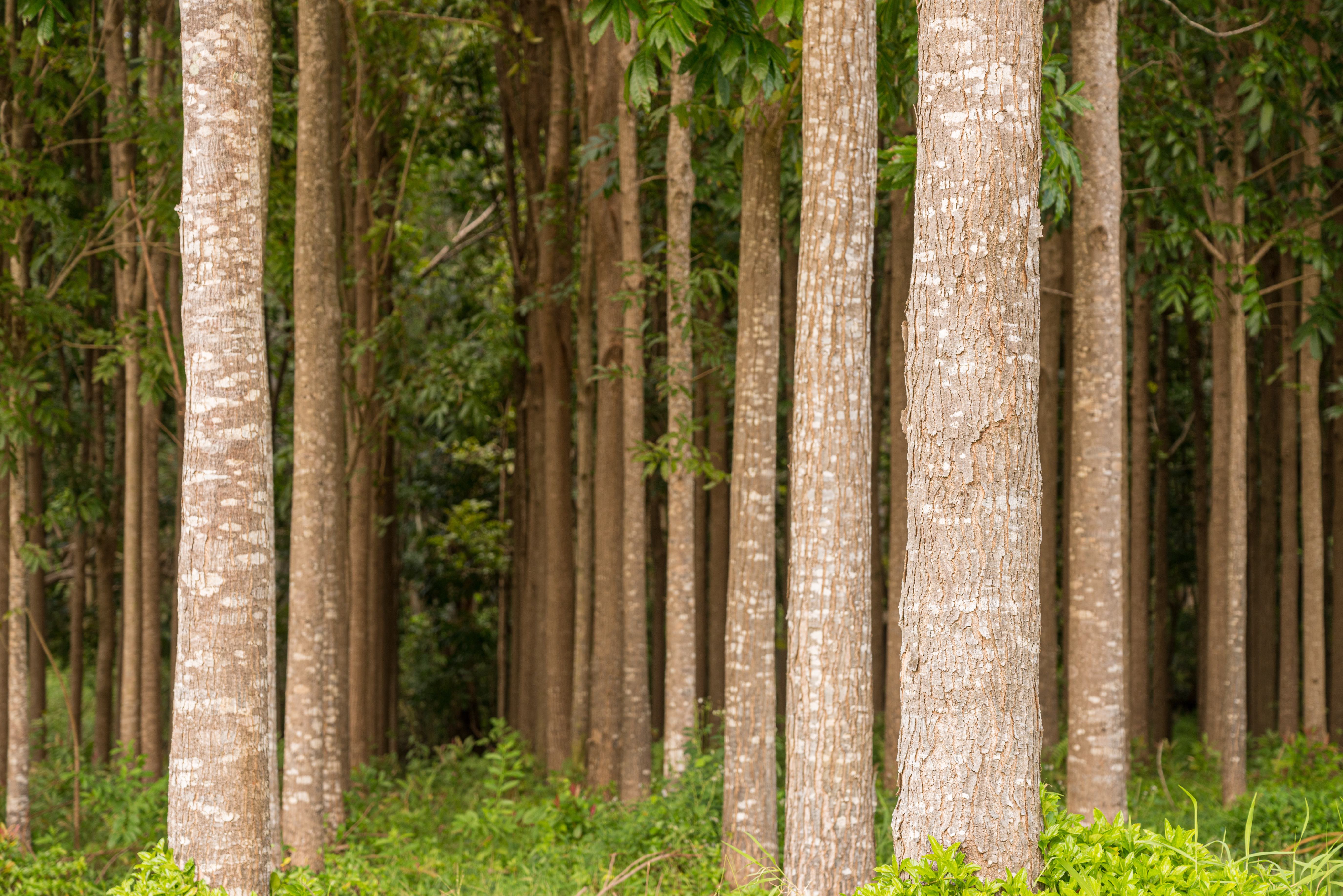
Mahogany is one of the types of wood that is known to represent hardwood. While there are many species of mahogany, the majority of mahogany trees can be found in America (specifically in the north and central parts). Just like the eucalyptus wood, mahogany has a vibrant red-brown color. You can make it even shinier with oils and buffers since mahogany responds well to these agents. When building furniture and fittings for houses, mahogany is an ideal choice.
Uses of mahogany range from flooring, veneers, furniture joinery, and musical instruments such as violins. They’re water-resistant with attractive wood grain along with their durability. However, you notice that they are heavier than most types of wood. You may also find difficulty in protecting your mahogany veneers, since the finishes may react with the adhesive you use with mahogany wood.
Maple
Types of Maple: Sycamore, Sugar, Black
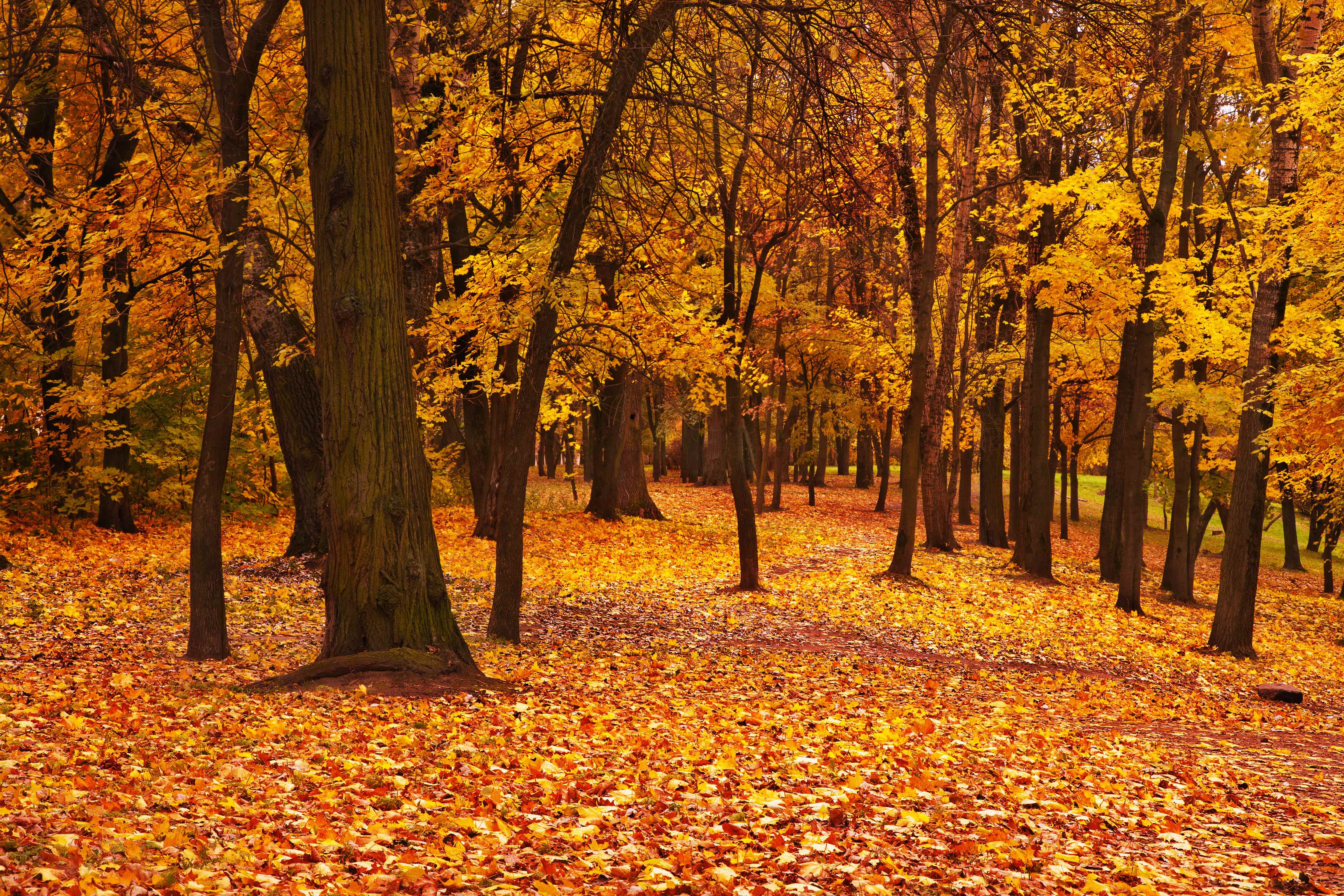
Maple achieves the lightest color wood can have in terms of hardwood. Among the types of wood, it is also one of the most famously known. There are over 150 species of Maple trees with most of the maple wood being sourced from the Asian continent. However, you can find them in North America and Europe as well. It is important to note that maple wood from North America is denser and more durable in comparison to European maple wood.
People prefer using maple wood for heavy-duty flooring which is common for bowling alleys, kitchen cabinets that carry heavy fragile items, and dance floors. They are also popular for veneers, furniture, and joinery. One of the cons of using maple wood is that it can be difficult to glue together.
Oak
Types of Oak: White, English, Red

Oak is one of the well-known types of wood used. There are currently over 600 types of oak available in the world. You can find these oaks all around the northern hemisphere of the globe. However, the more commonly sourced types of oak come from North America, Japan, and Europe. Without any exception, all oak trees are considered incredibly durable. People find their wood grain, which is uniquely close together, attractive.
Uses of oak wood include furniture, flooring, joinery, veneers, decking, flooring, and paneling. This is because, just like the mahogany wood, they are heavy, hard, and dense. Oak is also known to be water-resistant and the ideal type of liming. They’re also known to be highly resistant to infestations of fungus or insects because of their high tannin content. Unfortunately, because of the high traces of tannin, the oak may be affected if exposed to wet and cold climates (especially with their oil finishes.)
Poplar
Types of Poplar: Balsam, Black, Hybrid Black
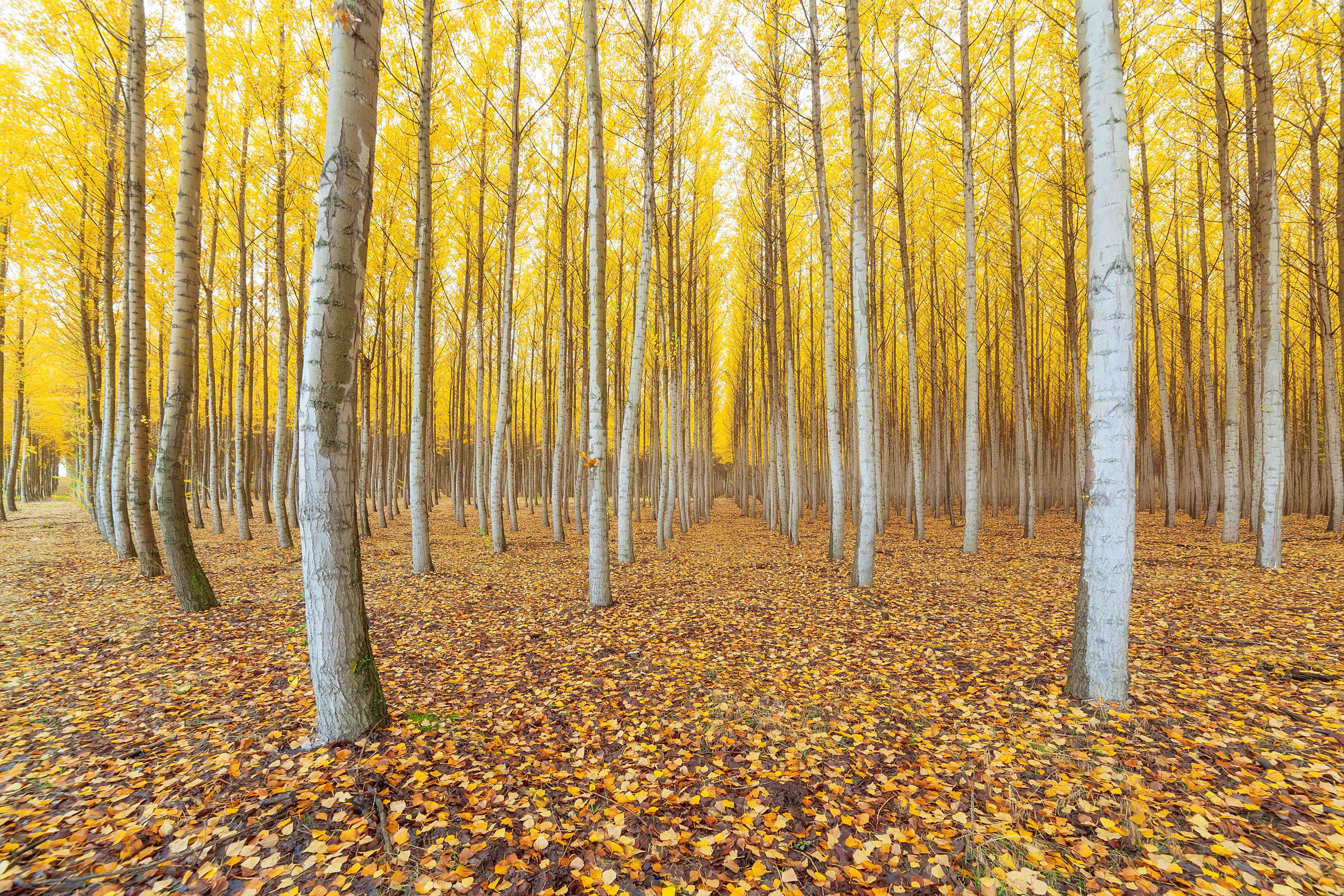
Is poplar a hardwood type? Yes. Poplar may be hardwood, but it can be easily used for softwood uses as well. As a result, poplar wood can be found in most hardware stores. Poplar has the physical appearance of white or ivory mixed with green or brown streaks. They are considered straight-grained with a common texture. It is not as heavy-duty as mahogany or maple, making it much easier to place adhesive or paint on.
Poplar is considered common construction plywood and is considered construction grade lumber. People use poplar so often that it can be found in sheds and do-it-yourself projects. Woodworkers use poplar to make intricate designs and repairs from already existing furniture such as cabinets and drawers. The best part is that poplar wood is considerably budget-friendly compared to the other types of wood. Standing alone from repairs, poplar is also used for flooring, wooden toys, and plywood.
Cherry
Types of Cherry: Black, Wild, Red
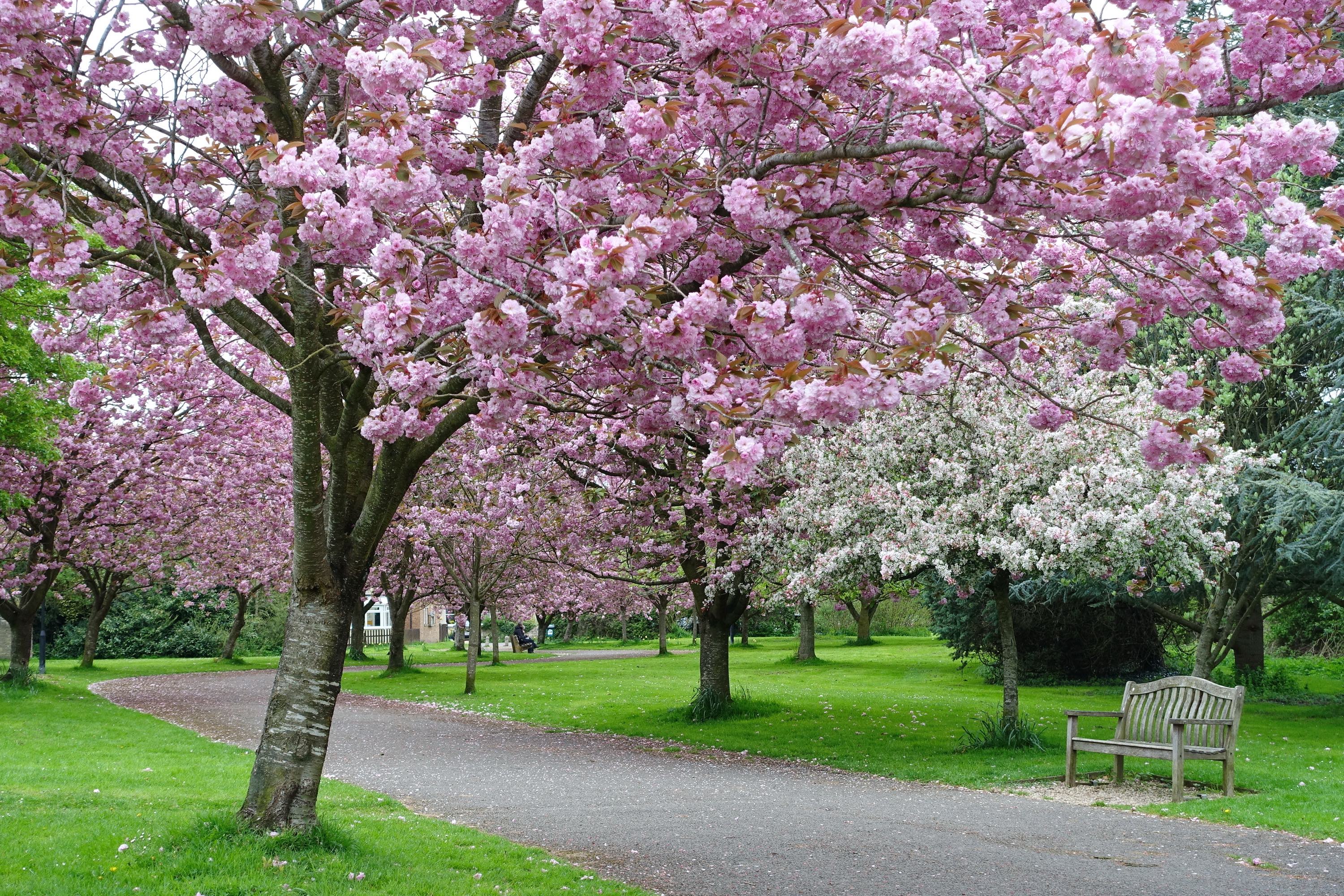
Cherry wood comes from a tree that can reach up to a height of 100 feet. The average lifespan of a cherry tree is in the middle of 50 to 90 years, but they can extend up to 100 years. Their lifespan is usually cut short to prevent their trunks from rotting. Cherry trees are known to grow in North America and were historically used for 18th-century colonial designs and French provincial designs. Cherry wood is cheaper than a walnut and less difficult to work with compared to mahogany or maple. People prefer cherry wood because of its wide range of colors as well.
You can use cherry wood for furniture, moldings, boat interior designs, musical instruments, doors, carvings, and turnings. In terms of musical instruments, cherry wood is often used for pianos and violin bows. Meanwhile, they are preferred when making kitchen cabinets in terms of furniture. However, cherry wood is very flexible, making it less durable.
Ironwood
Types of Ironwood: Balau, Diesel Tree, Lignum Vitae
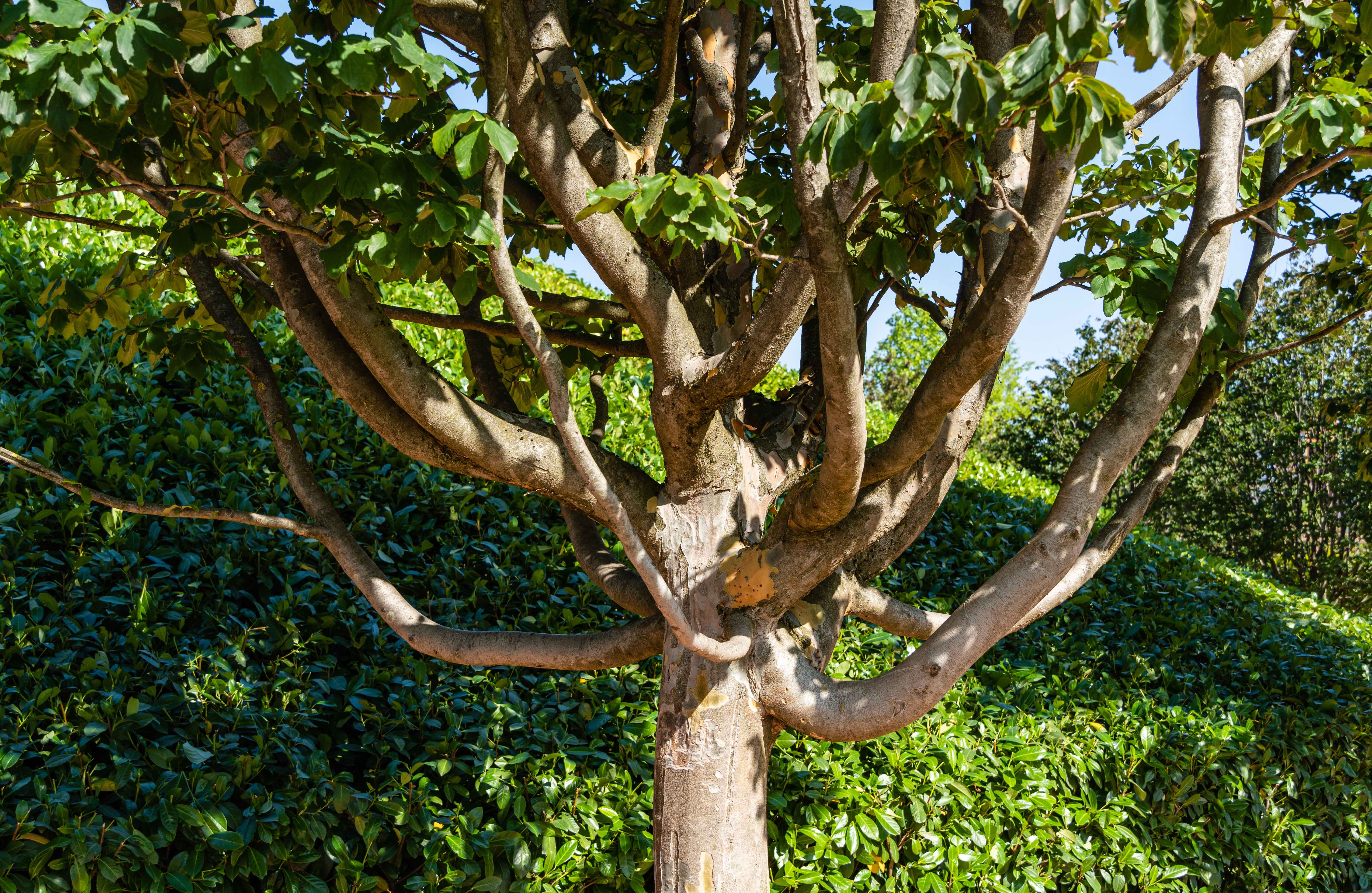
Ironwood’s name fits its name because of its extreme durability. These types of woods are great as firewood. This is because ironwood is known to last longer than other types of wood. People describe using ironwood for fire just as well as using coal. They’re also known to be difficult in splitting (so much so that they can break your tools) and are known to be abrasive. Some lumberjacks even describe seeing their chainsaws spark as they cut through the trunks of an ironwood tree.
Ironwood is perfect when using a lathe and used to make ornamental items and furniture inlays. Unfortunately, ironwood is rarely seen on furniture like cabinets and drawers. They can be used as fences since their sturdiness makes them difficult to break. Tool handles, trinkets, and arrowheads can also be made of ironwood.
Aspen
Types of Aspen: Quaking, Bigtooth, European
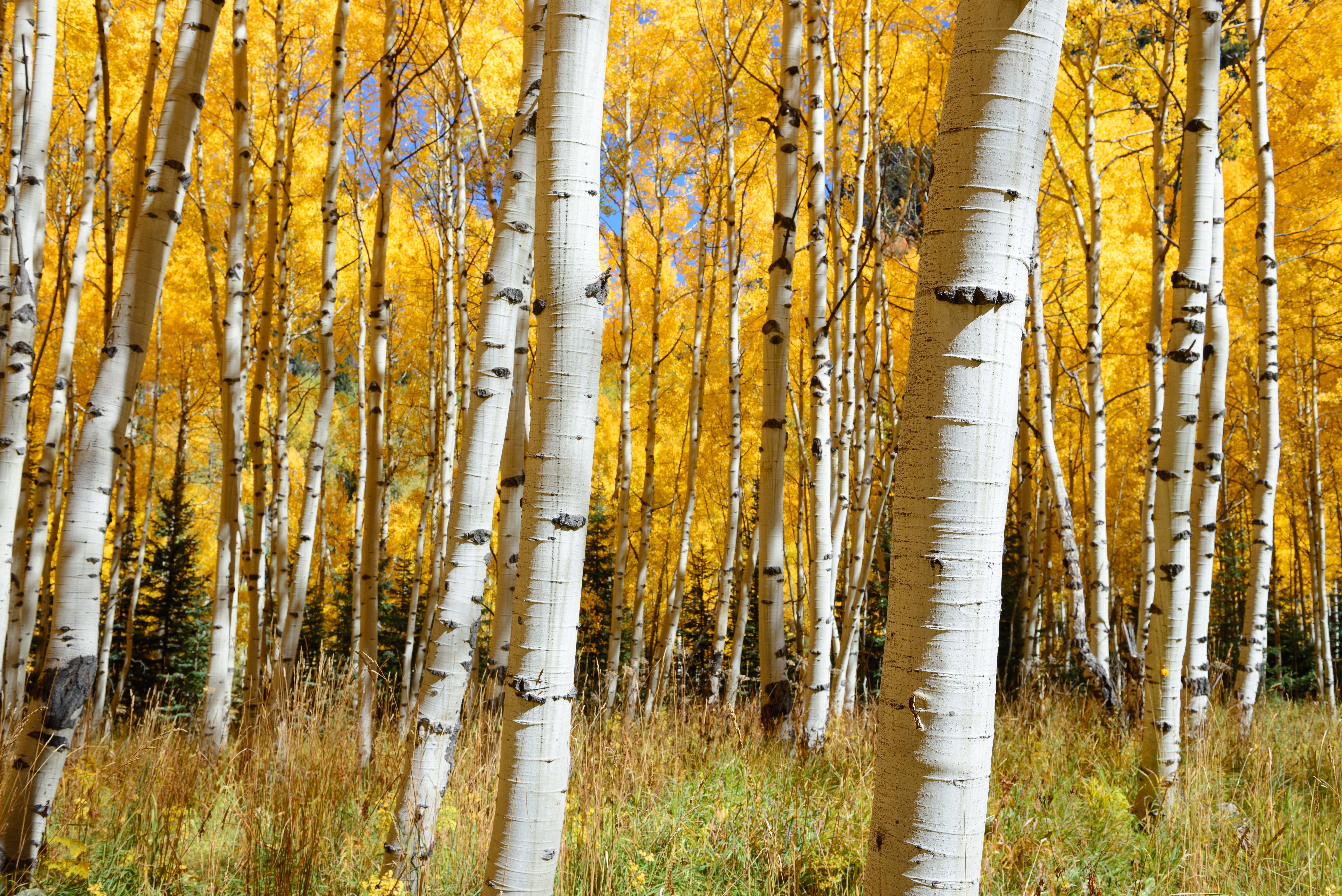
Aspen trees are known to be slender-looking and elegant. They have a smooth texture with green to white-colored bark. Some aspen trees have leaves that quiver at the slightest movement as well. In terms of wood, aspen is one of the fastest-growing species which makes them popular when making engineered wood. It is often found in regions that experience cold climates.
People use aspen wood to make engineered wood, specifically oriented strand board (OSB) and laminated veneer lumber (LVL). Indigenous tribes use aspen wood to make bowls, canoes, paddles, and poles. Aside from these uses, aspen wood is also popularly used as furniture. This is because aspen produces vintage or rustic-looking furniture. Sanding and painting aspen wood is relatively easy as the wood takes the process fairly well. However, aspen wood isn’t as durable compared to other types of wood.
Softwood
Many types of wood belong to the softwood category. Softwoods come from conifer, which is cone-bearing seed plants, and are also called gymnosperm trees. These plants are constantly green and grow quicker compared to hardwood trees. As a result, hardwood trees that take their time in growing are usually denser than softwoods.
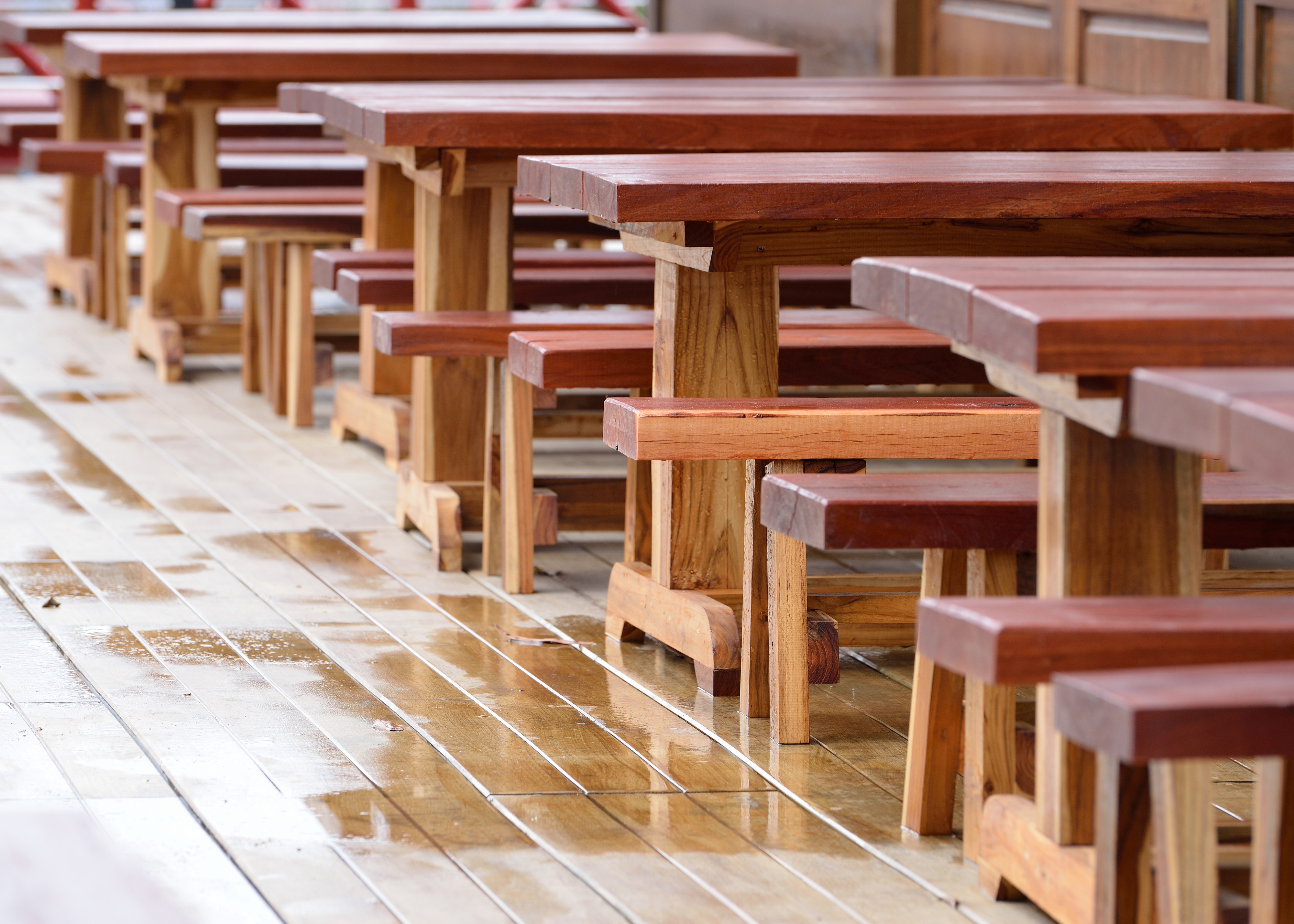
Unlike hardwoods, softwoods are less dense and are usually (but not always) lightly colored. Softwoods are often called cheap wood since it is definitely cheaper and easier to work with compared to hardwood. Construction workers and designers use softwood for interior decorations, moldings, framings, and furniture. Listed below are a few you can look up for your project.
Cypress
Types of Cypress: Arizona, Alerce, Mediterranean
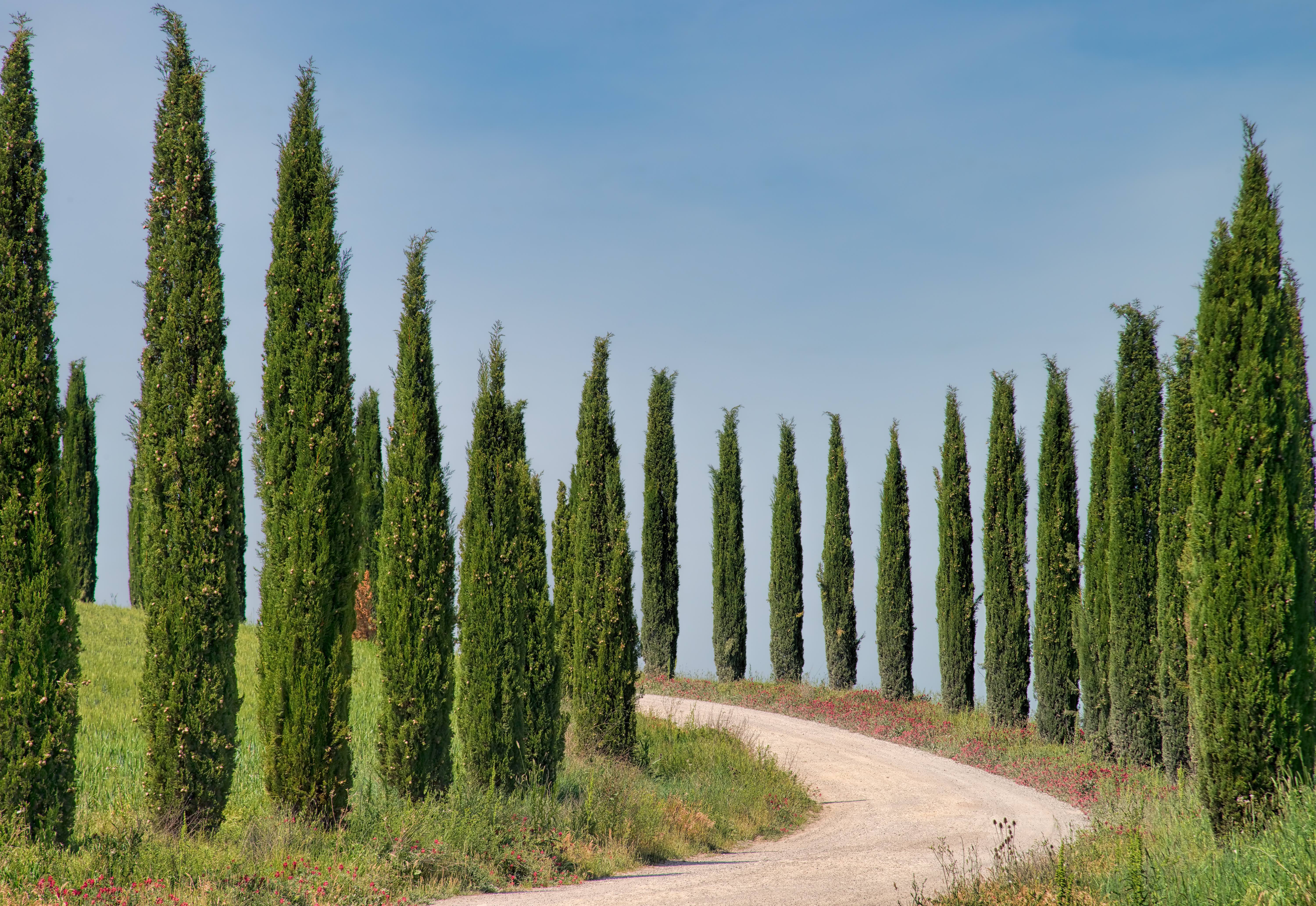
Cypress trees create some of the toughest types of wood despite being lighter and resistant to decay. Cypress wood has a light shade with yellow and brown tones. However, among the types of cypress wood, there is also the red cypress which offers a reddish shade. You will find that cypress wood is manageable when handling tools and fastens better in comparison to other types of softwood. While there are issues with resin, the cypress wood’s performance and reaction to adhesives do not weaken because of it.
Cypress wood is preferable for projects for both outdoor and interior uses. Examples of outdoor cypress woodworking well can be found in fences, patios, decks (including ship decks), docks, and outdoor furniture. Interior uses of the cypress wood include cabinets, floorings, and other types of fine furniture.
Fir
Types of Fir: Balsam, Silver, Noble
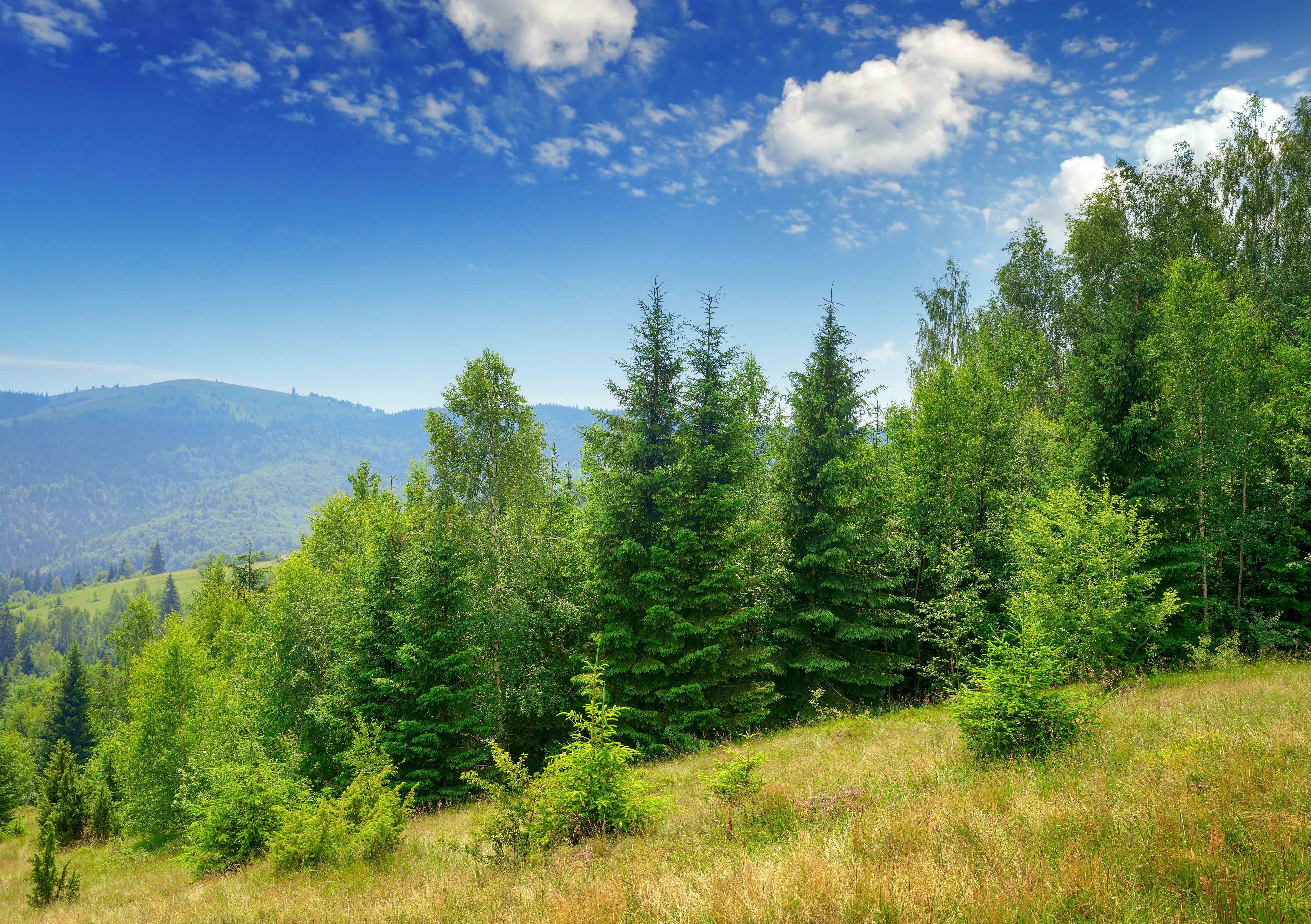
Fir is one of the many types of wood containing a straight and close grain pattern. A true fir has reddish-brown, pink, yellow, and orange colors, with many varying similarities to pine wood. However, fir wood is stronger than pine and other types of wood. Its durability can be physically seen from how straight the lines are from its grain pattern. In addition, fir wood is also inexpensive and reliable for the construction industry.
Manufacturers prefer to use fir wood on furniture items, including chairs and tables, because of its ability to absorb paint well and its sturdiness. Outdoor furniture is also made from fir wood such as picnic tables and ottomans. It’s also known to resist warping and handles weather changes well. Another bonus for the fir wood is that it rarely splits, maintaining its shape even after a few years. However, despite its ability to perform well as furniture, the fir wood is mostly present towards becoming construction material thanks to its low-cost efficiency and the abundance of fir trees.
Larch
Types of Larch: Japanese, Tamarack, European
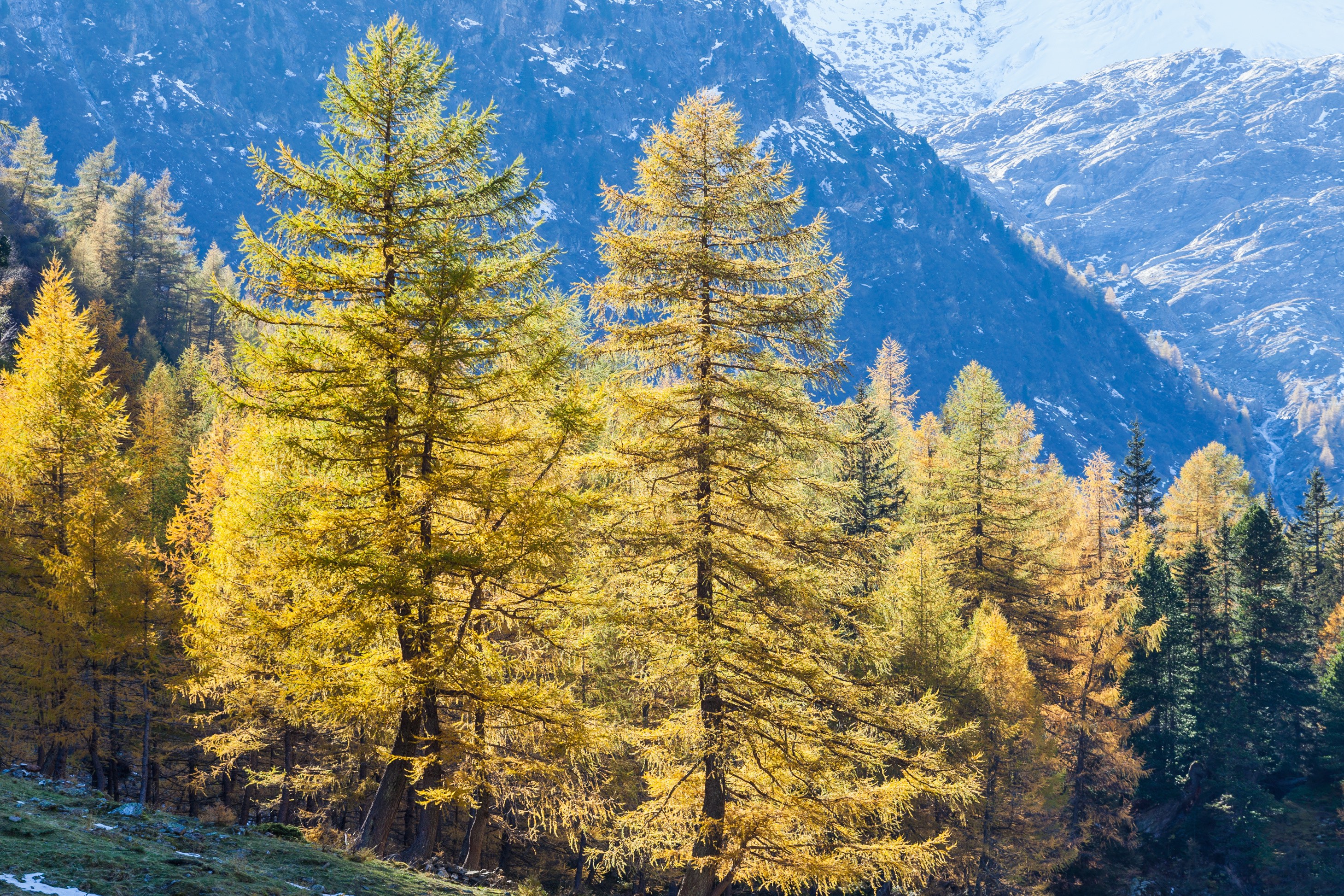
Larch lumber comes from fast-growing trees that reside in places with cold climates. You can find them mainly in Russia, the United States, Canada, and Central Europe. Contributions of the larch tree in culture vary. People also discovered that larch wood had herbal properties that could be used in the field of medicine. In terms of aesthetics, the larch tree was one of the trees that was first cultivated into bonsai trees because of its beautiful features. In modern times, larch lumber has become a staple in construction.
Larch lumber was once used for cremation by pagan worshippers. Today, we use larch lumber for outdoor projects like garden sheds, fences, and even boats. This is because the larch wood is resistant to rotting. Its straight grain, adaptability to paint, range of colors, and durability make it even more popular.
Pine
Types of Pine: White, Southern Yellow, European Black
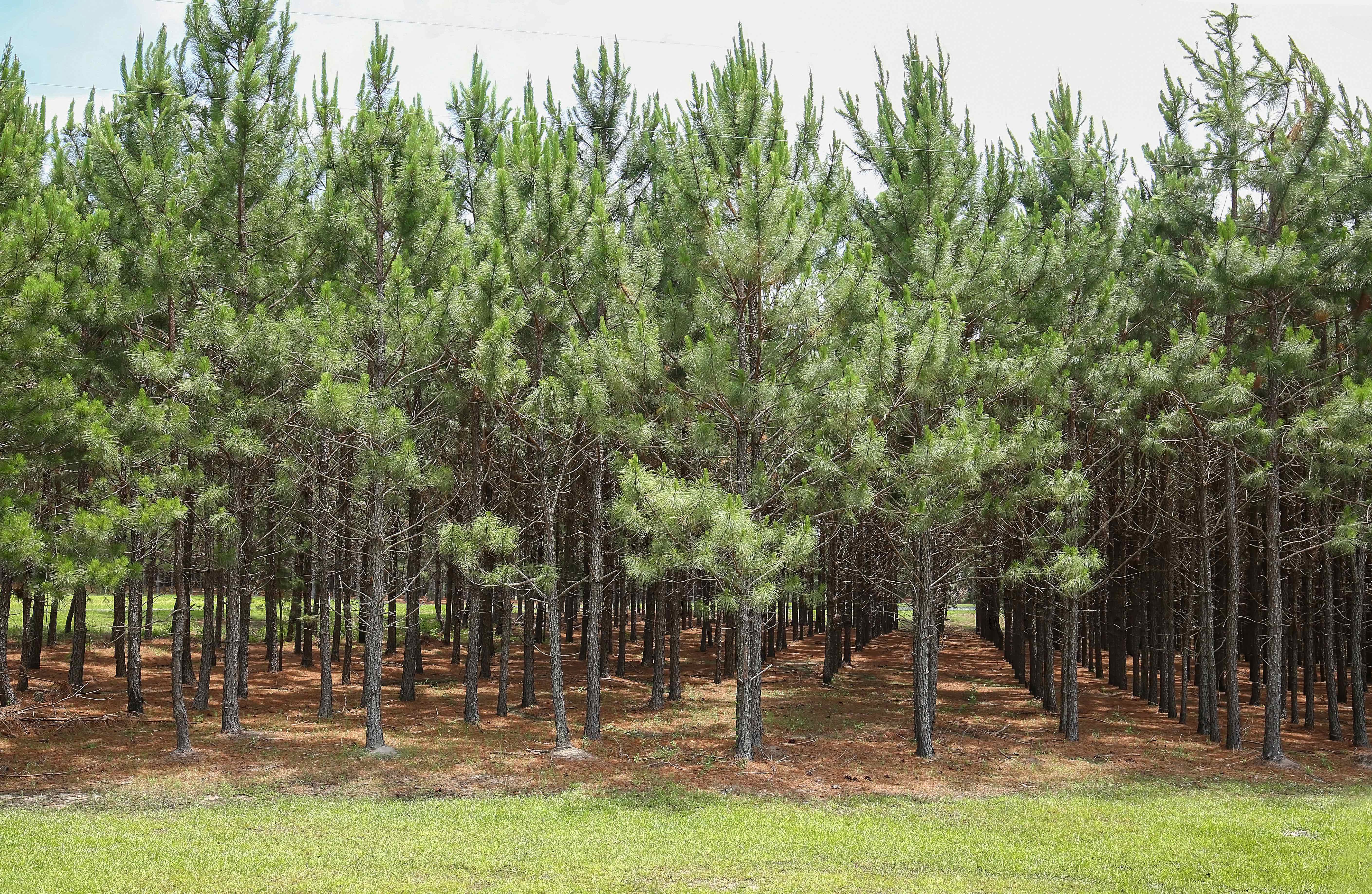
Pine trees are famously known to be scattered all across the northern hemisphere. Because of its abundance, the lumber we get from pine has also become affordable. In America, the majority of the pinewood that is being processed and sold comes from two types: yellow and white. Pinewood looks plain with its grain pattern, making it easy for customization and matching of other materials. Its color is that of amber with brown streaks all over it.
Pine wood’s availability and quality have proven to be quite useful in making projects. As a result, materials such as paper, molding, furniture, flooring, cabinets, and construction can be created with the use of pine wood. Plywood that’s made from pine wood is an ideal choice for many cabinet makers. However, pine plywood can be rare and expensive, and as a result, we often combine a result with fir plywood, another type of plywood that comes from softwood. While it is affordable, available, and versatile, pinewood is also weaker compared to other types of wood.
White Cedar
Types of Cedar: Northern White, Atlantic White, Eastern White
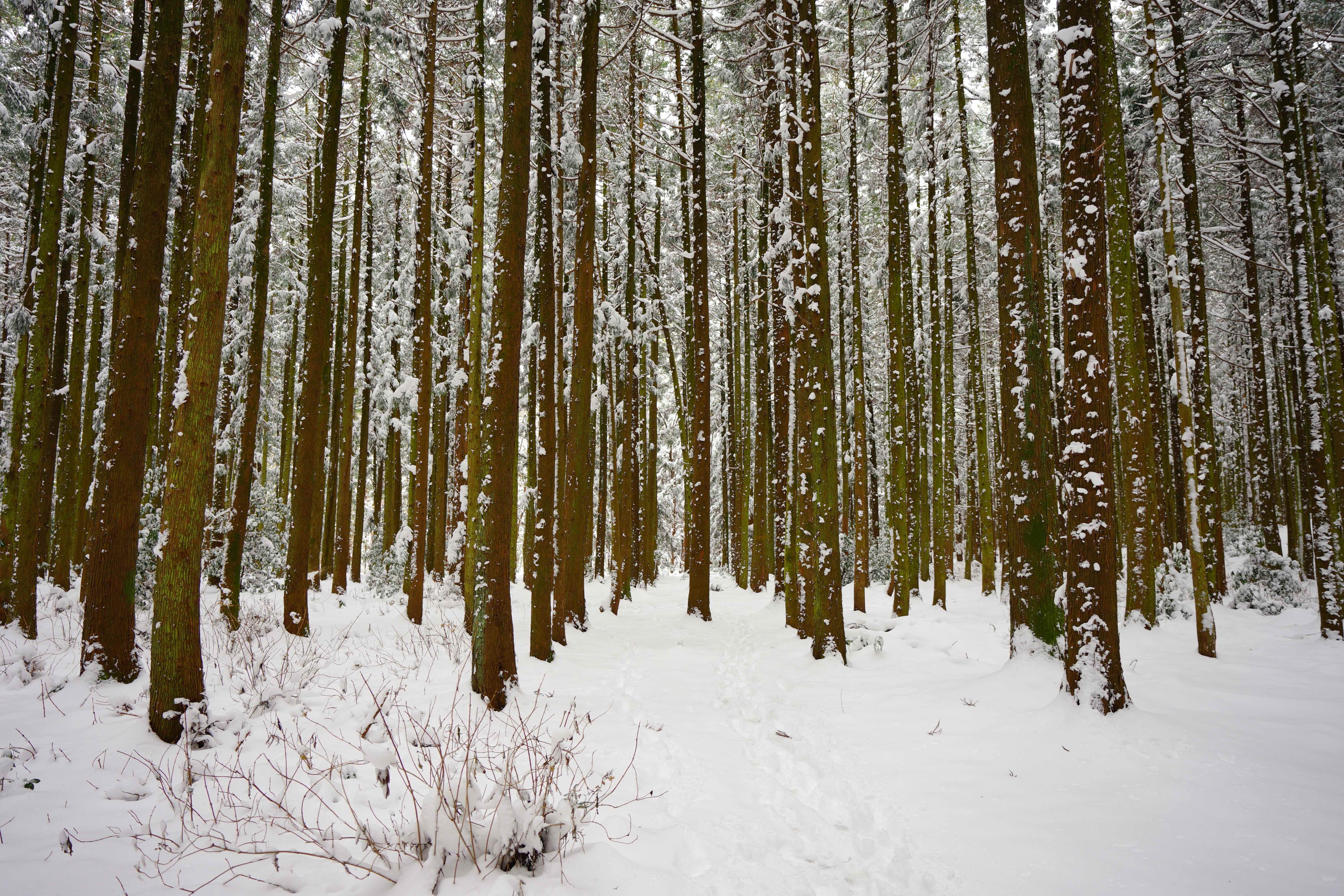
White cedar belongs to the group of cedarwood. However, we decided to split the white cedar from the red cedar because of the difference in their uses. White cedar comprises light shades with minimal weight in contrast to its strength and durability. It is also incredibly resistant to rot, making it good for outdoor furniture. A fun fact about white cedar is that we can use it for medicinal properties and is even edible. You can actually drink Eastern white cedar tea.
You can use white cedarwood to make canoes, furniture designed for exterior uses, shingles, railroad ties, cabin logs, and even paper. However, white cedar can also make decorative ornaments.
Spruce
Types of Spruce: Norway, Sitka, White
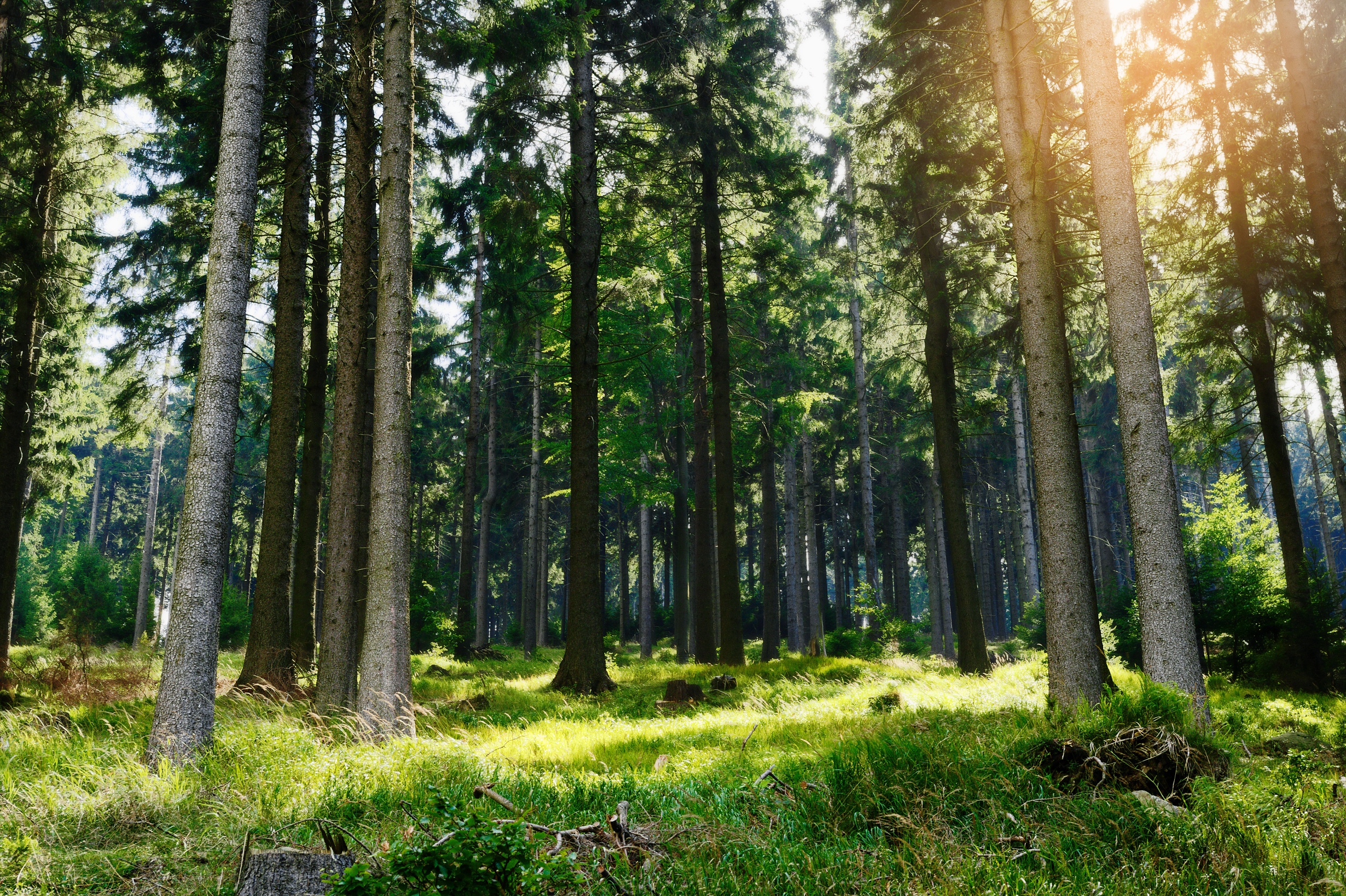
The northern hemisphere of the globe raises many types of woods, including Spruce trees. They named the trees themselves after a Polish phrase meaning “from Prussia.” Since its translation has a literal meaning, the “spruce” definition splits into two, with one referring to the tree. Spruce wood is unique with its impressive tonal value. This is because of its strength-to-weight ratio.
We use spruce wood in various projects. You can use spruce wood to make laminated timbers, veneers, Roundwood, sawn timbers, beams, joists, and cabins. Thanks to its special tonal value, spruce wood is often used in musical instruments, such as the violin. This is because strings place large feats of tension on wood, which spruce wood has proven to handle adaptively.
Araucaria
Types of Araucaria: Hoop, Parana, Monkey Puzzle Tree
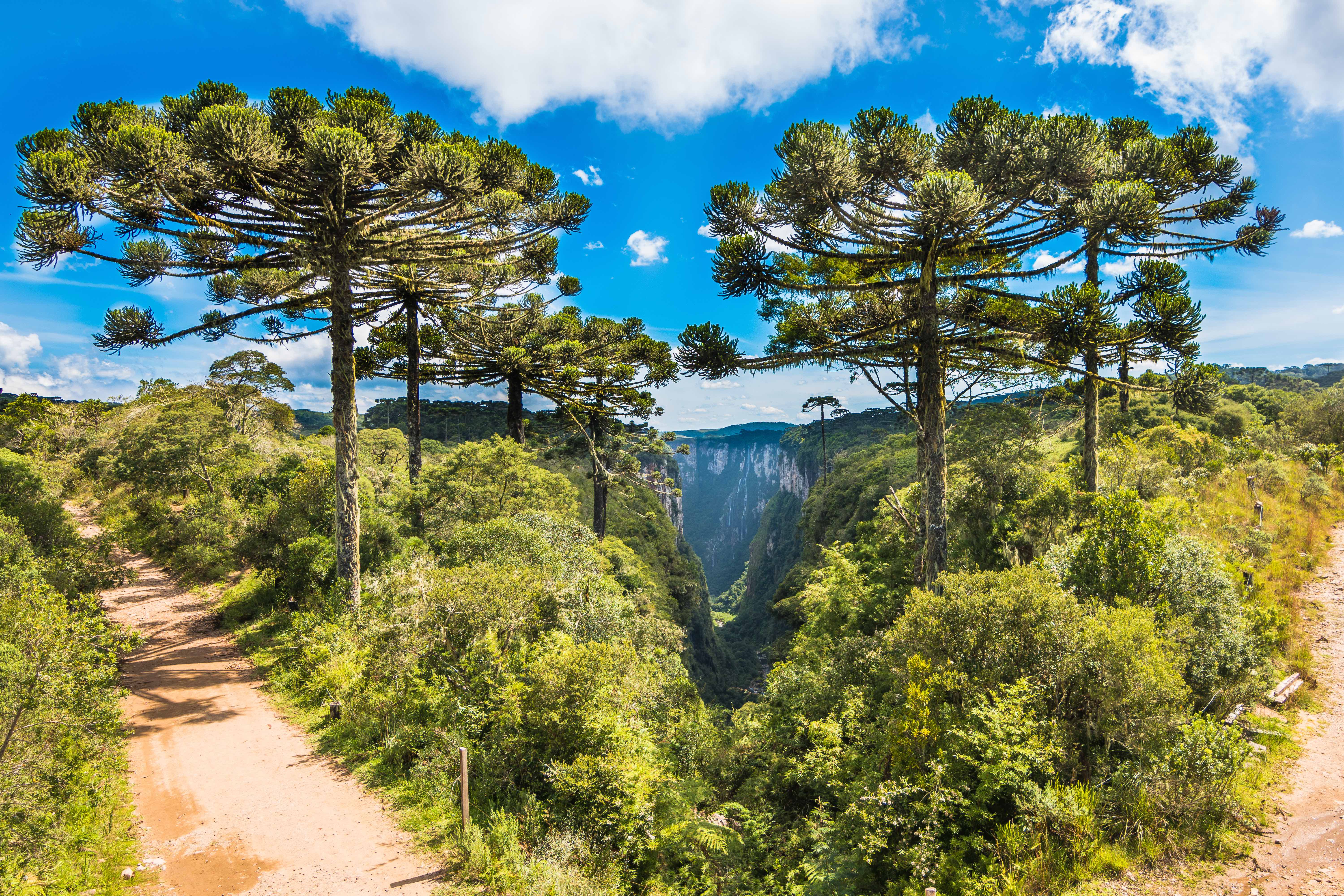
Araucaria trees, also known as pines, are special because of their unique seed cones and foliage. Araucaria also possesses anti-ulcer, antiviral, anti-coagulant, anti-depressant, and neuroprotective benefits. However, araucaria wood is just as impressive and unique. This is because araucaria creates wood of high quality.
There are still many uses of araucaria wood, which is probably what caused its endangerment. Manufacturers use araucaria wood to make furniture, veneer, boats, floorings, joineries, particle boards, and panellings. However, places like Papua New Guinea and Australia have depleted most of their natural production of Araucaria trees because of the logging and demand for its material.
Douglas-Fir
Types of Douglas-Fir: Coast, Rocky Mountain
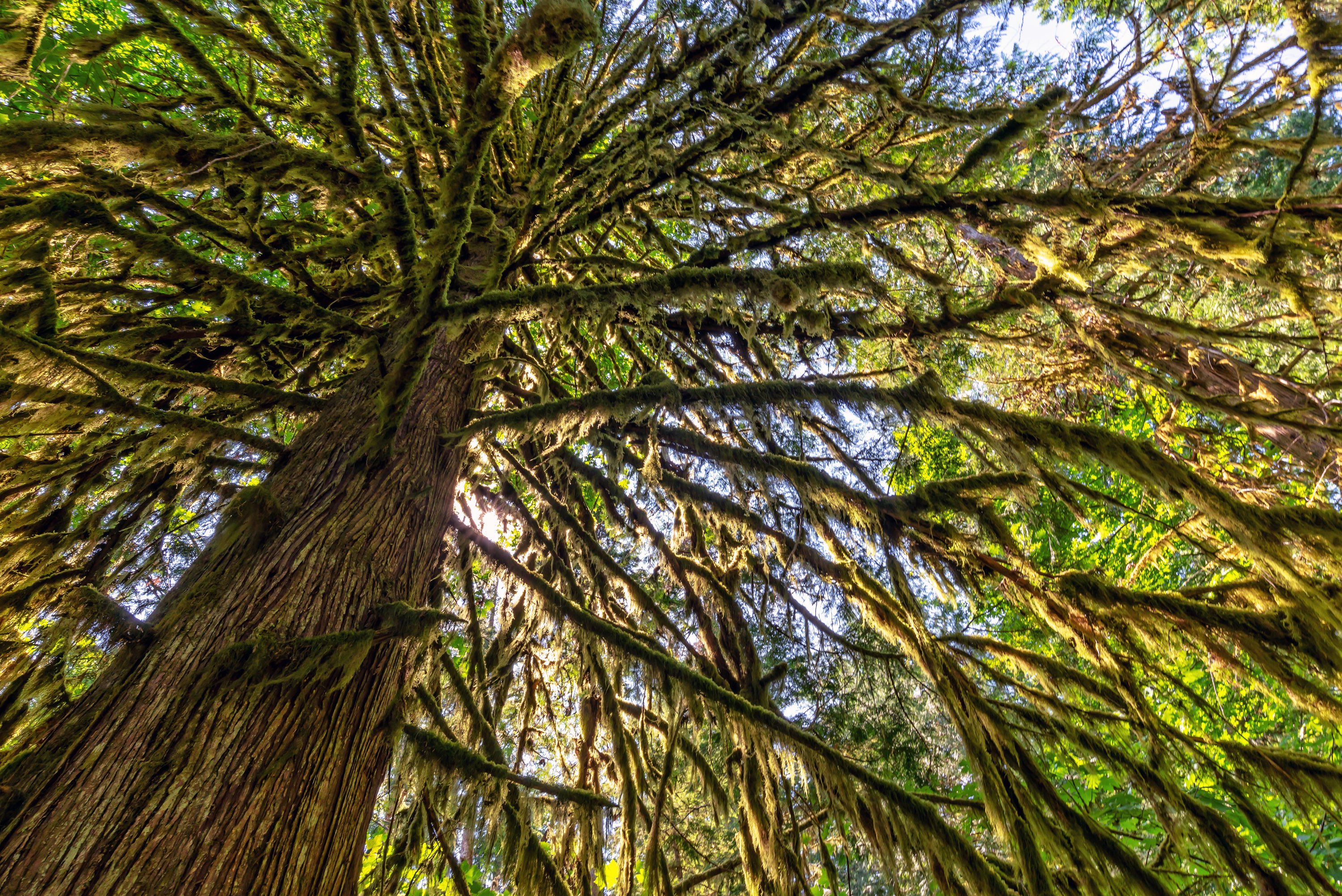
Douglas-Fir is one of the many types of wood that possesses high quality. Contrary to popular belief, Douglas-fir trees are actually not true fir trees. They are actually false hemlocks. They are evergreen trees that keep their leaves all year round green and needle-like. Douglas-fir wood is referred to as one of the best types of wood to use for home construction. Both its durability and strength received high ratings.
You may use Douglas-Fir wood for outdoor furniture, porches, and decks. This is because the Douglas-Fir wood has a high resistance to rotting and infestations of insects. When compared to pine wood, the Douglas-Fir wood has been acknowledged to be stronger than pine. It even has admirable resistance to warping, making it a perfect type of wood for posts and beam frames.
Hemlock
Types of Hemlock: Eastern, Mountain, Western
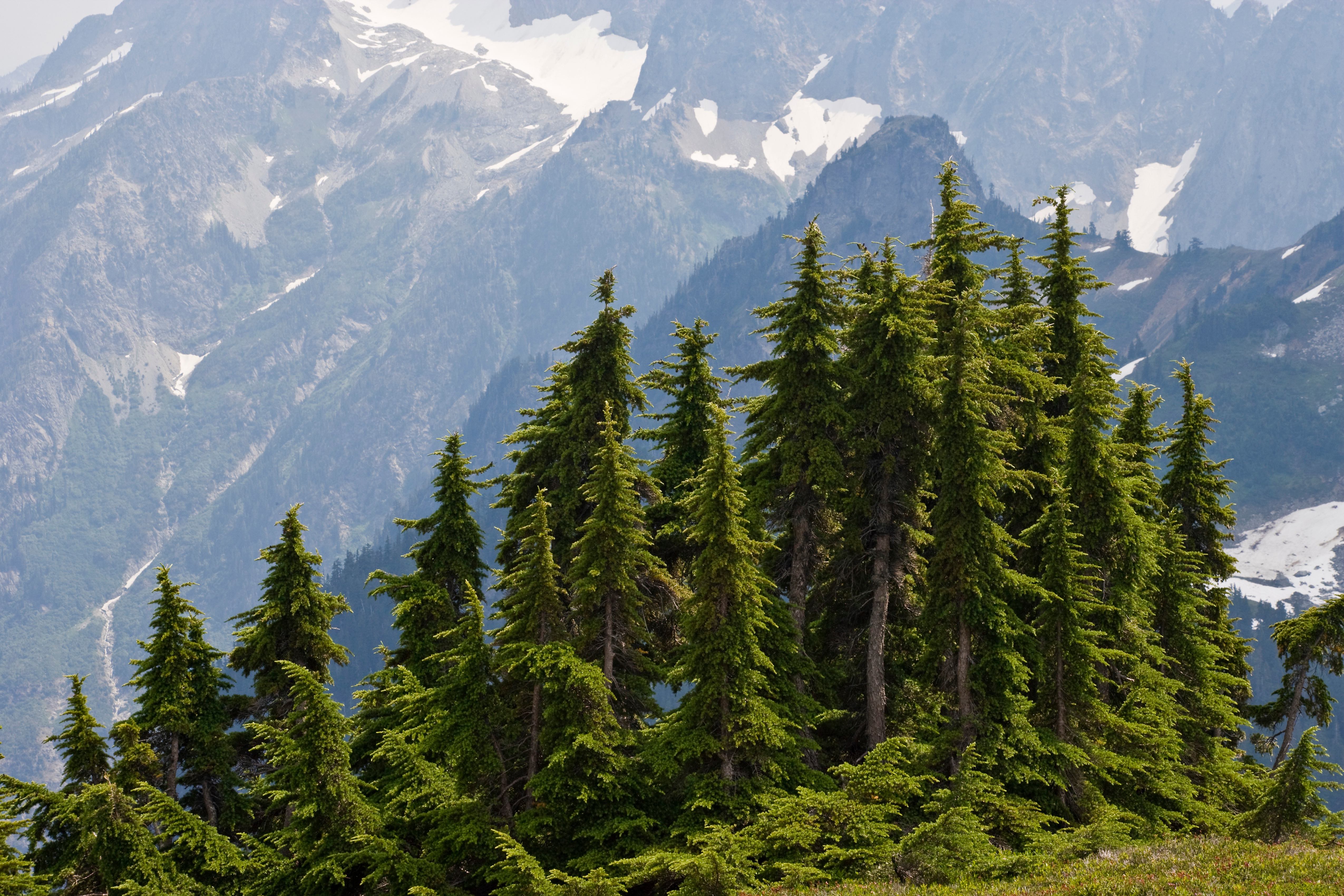
Hemlock wood has a wide range of different uses. Its wood changes with other varieties of colors. It’s a fairly large tree with some of them growing up to 50 feet in height. Hemlock trees have a lifespan expanding centuries, living up to 500 years. Hemlock wood changes color with varying degrees of white, purple tinges, and pale browns.
You can use hemlock wood for general construction projects like roof decking, railway ties, moldings, furniture, doors, and windows. It is important to note that hemlock wood is ideal for projects that need horizontal components and long-lasting durability. A fun fact about hemlock wood is that it is also used to create engineered wood such as glulam.
Red Cedar
Types of Red Cedar: Eastern Red, Western Red
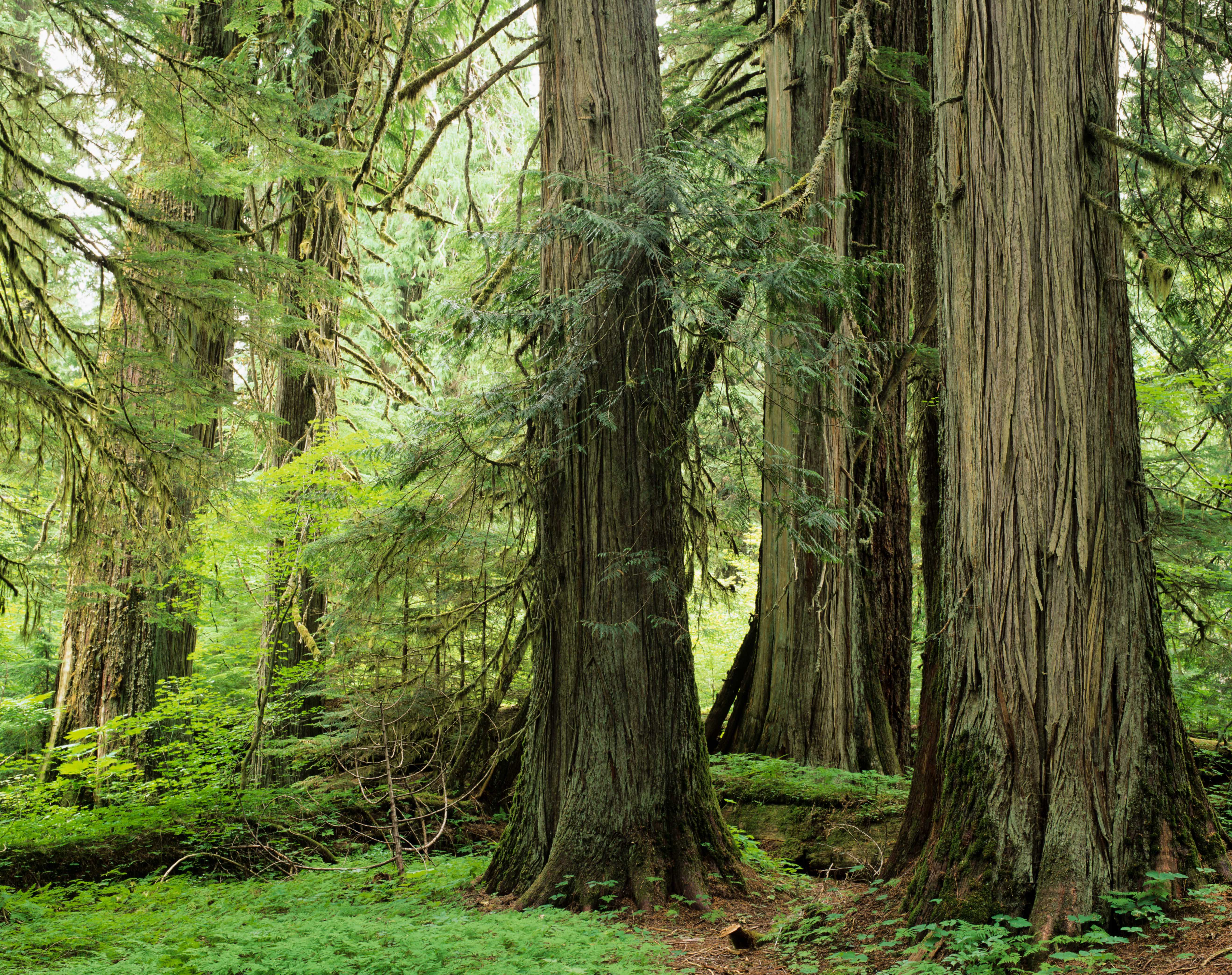
Red cedar is the type of cedar that causes people to ask themselves, “is cedar a hardwood?” This is because red cedar is used for exterior construction such as furniture, musical instruments, and other products usually made from hardwood types. Red cedar is famous for its beautiful shades that range from bright to dark red. They are also known to be durable despite their lightness.
Just as we have discussed earlier, red cedar wood is used to fashion many items that hardwood is used for. However, they are also perfect for projects that require the wood to be shaped, since it works and responds well to tools. Just like the white cedar, the red cedar wood reacts well with finishing. Experts would tell you to use red cedar for projects such as fence posts, bows, birdhouses, outdoor furniture, chest linings, and many more.
Woody Grass
If you live in an open area free of woods and buildings, it’s quite possible that you are on a tropical island. Wood isn’t rare to find in small islands, however, the abundance of other types of woody grass triples compared to landlocked areas. These trees are actually not trees. They call them woody grass, and they are the types of “woods” that are used as substitutes for hardwoods and softwoods.
Some people call woody grass plants pseudo woods since you can mistake their abundance for being similar to hardwoods and softwoods. However, the woody grass is actually herbaceous, which means it may contain tiny strains of hard woody tissues. Instead of density, woody grass plants are known for their flexibility and are a lot more fragile compared to other types of woods. Some tribes use woody grass to create food containers for cooking or drinking.
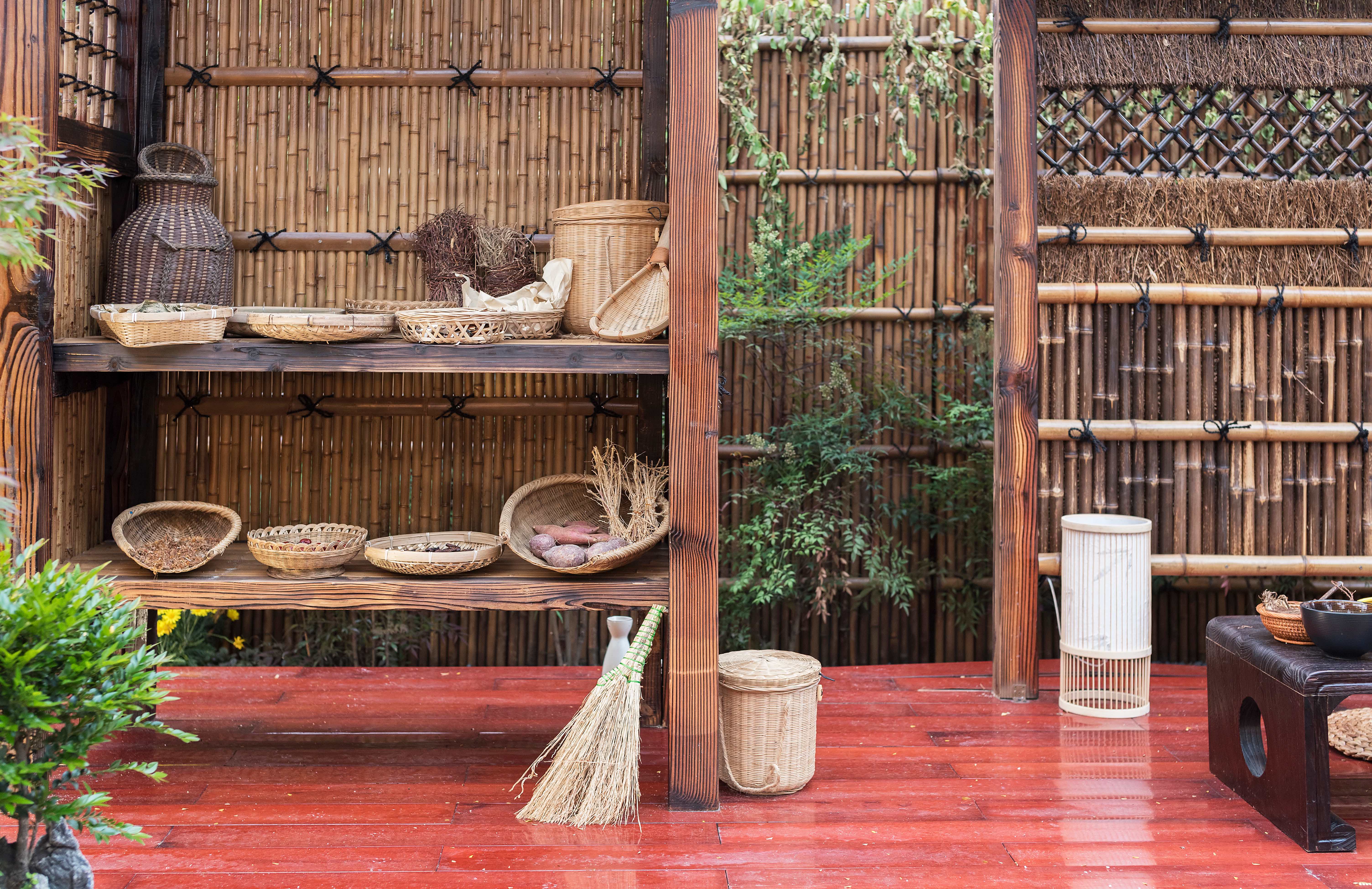
With the right process, woody grass can even substitute hardwood. They have often been used to create roofs, rafters, and walls for houses just like the other types of wood. This goes without saying that both woody grass and plants are also known to be used for furniture as well. Listed below are a few examples of woody grass and plants.
Bamboo
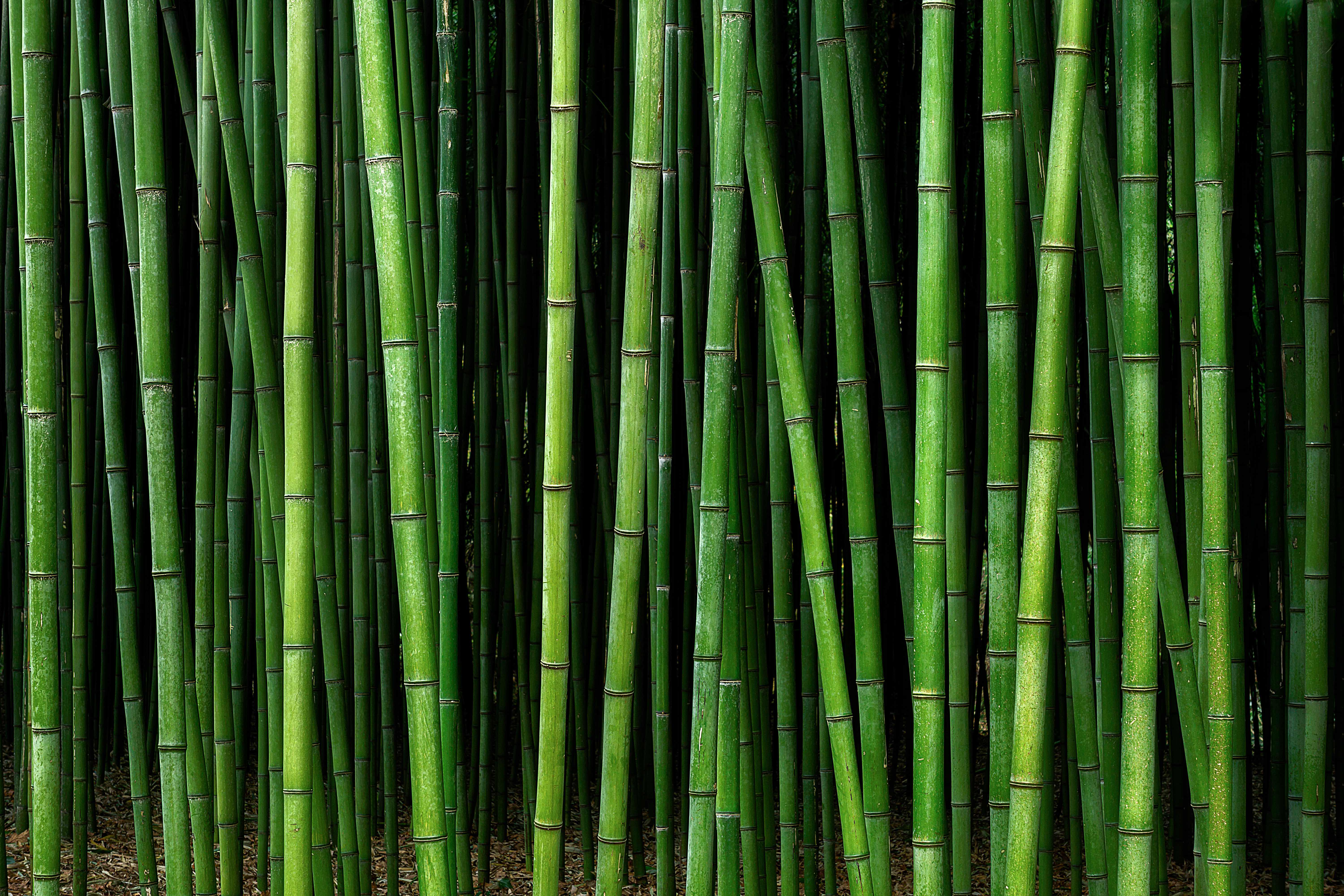
As discussed earlier, pseudo wood is not actually made up of wood but can support other wood-related works. Bamboo is one of the more famous examples of woody grass and is recognized as one of the most flexible of its type. Despite its flexibility, it can be used to create bamboo hardwood flooring. However, the flooring itself is prone to toxicity. This is because if the flooring was made out of low-quality bamboo, the potential of having traces of urea-formaldehyde greatly increases. The levels even depend on resin adhesive and manufacturing of the bamboo lumber.
There are many other general uses of bamboo aside from using it for flooring. You can also use bamboo for decorations and furniture. Bamboo shines particularly when it comes to culinary tools. This is because Asians have traditionally used bamboo not only as a food source, but to carve out cups, bowls, and spoons. Aside from cooking utensils, bamboo is also used to make musical instruments that rely on wind, such as the flute, or percussion instruments like the drum. Bamboo is also a celebrated material for weapon forging. Tribes used bamboo to make blow darts, bows, and arrows.
Coconut
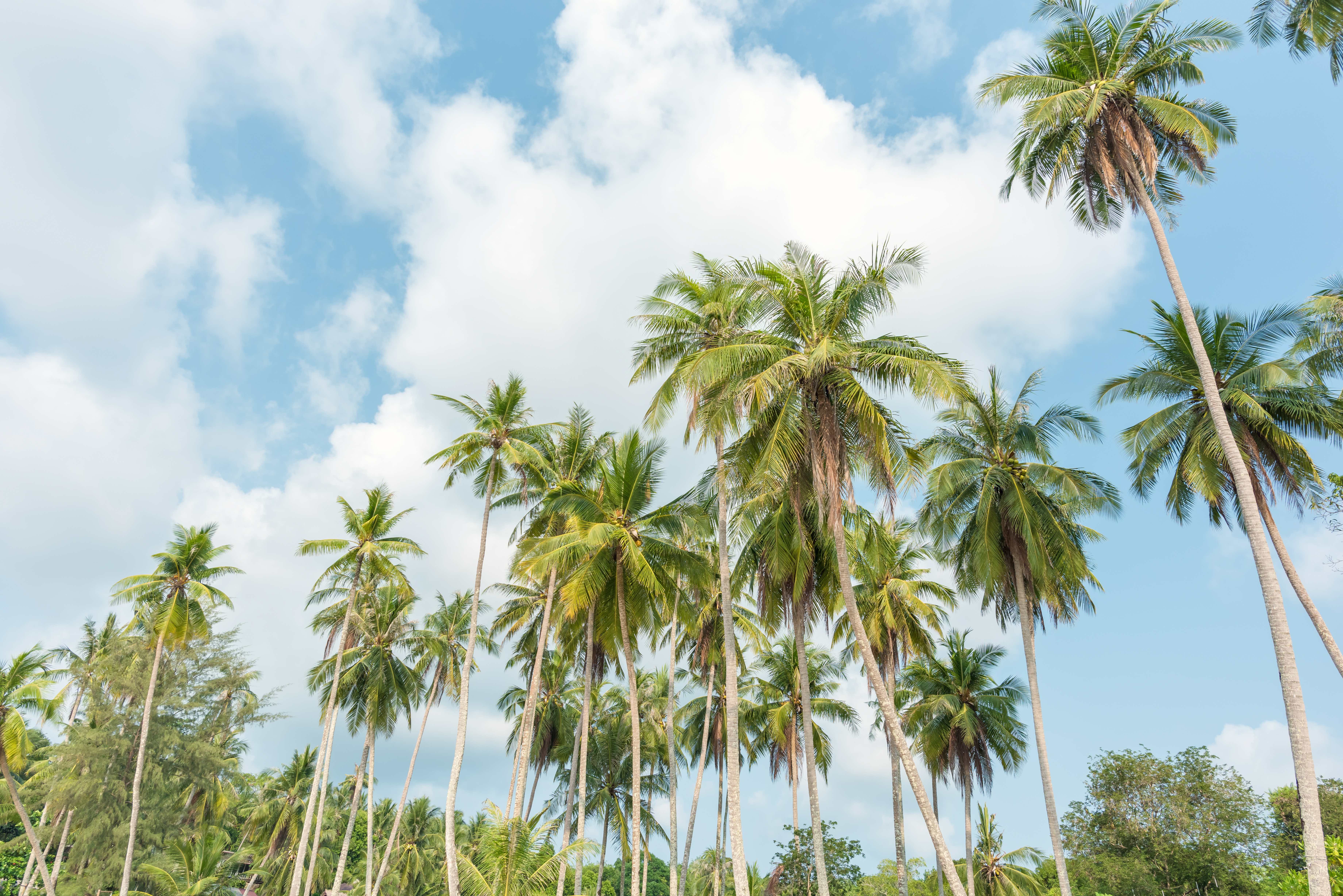
Coconut trees are actually woody grass that can substitute for wood. The truth is that coconut is a particular type of woody grass that has a thick trunk that can survive for long periods compared to other plants. You should also know coconut trees are not trees, despite being called one. Coconut wood does not even belong to the hardwood or softwood category. While they may have a tall trunk, the coconut palm tree does not have bark on it. The trunks themselves are smooth and when cutting a coconut palm tree down, the inside reflects what you see on the outside. This proves that the coconut palm tree isn’t a tree at all.
Despite it being a pseudo wood, coconut wood remains very durable. They are durable enough to substitute hardwood materials as well. Coconut lumber was created as an alternative to alleviate the devastating effects of deforestation on rainforests. Coconut timber substitutes hardwood for flooring, columns, government housings, and fences. Some people prefer the coconut’s neat trunk interior since it lacks growth rings with a fibrous grain. While it has qualities that resemble mahogany, coconut wood can range in durability. The densest of the coconut lumber has dark brown shades. The lighter the shade, the less dense the coconut wood is. The lightest of the coconut wood resembles light gold shades.
Toddy Palm
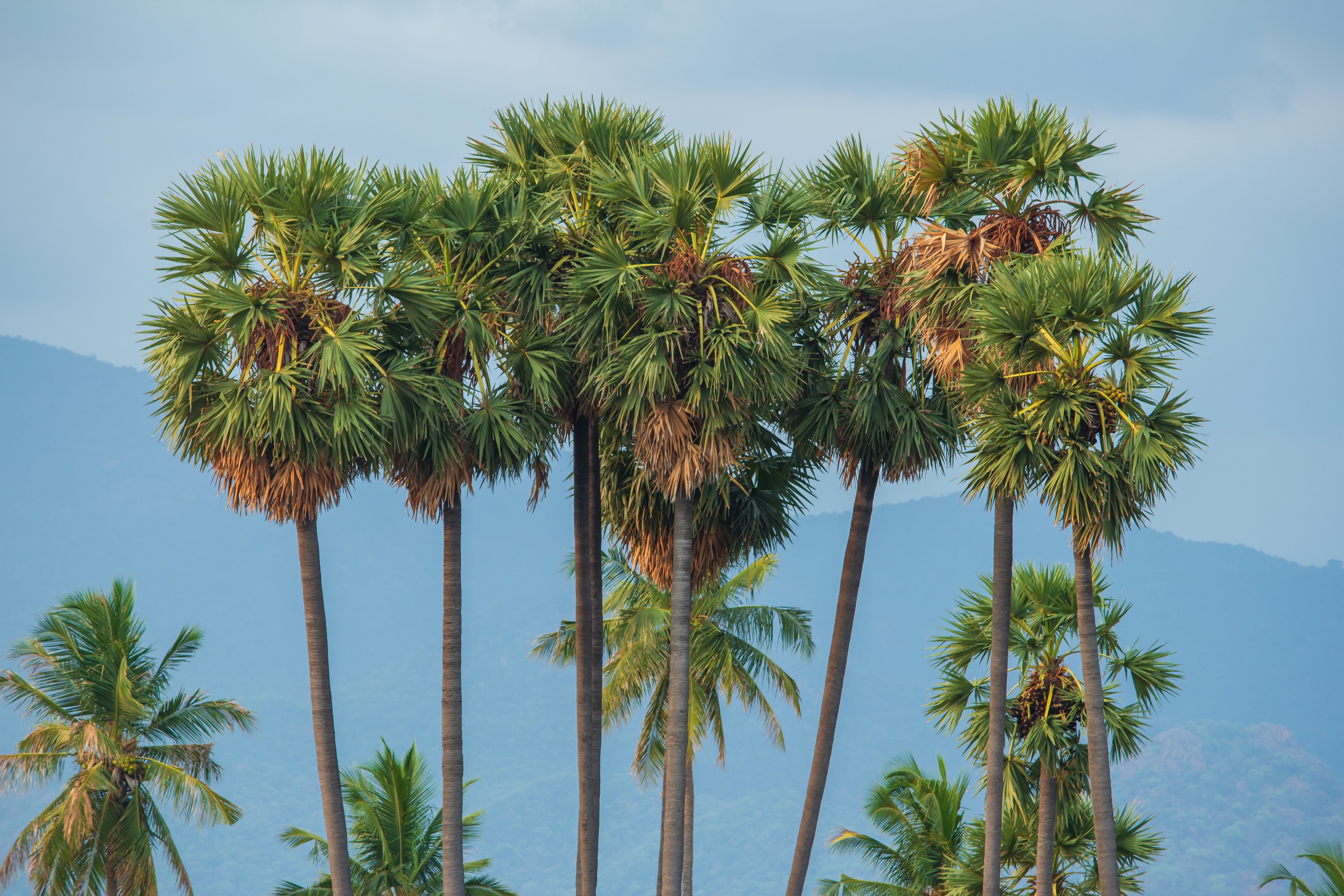
The toddy palm tree is a uniquely celebrated type of palm tree in Tamil and Cambodian culture. Among the types of wood, the toddy palm tree is called the celestial tree by the Tamil and connects the toddy palm to their fertility deity, named Panaiveriyamman. Cambodians also associate their country with the toddy palm, as it is a common woody grass found nearly everywhere in the country, including the famous Angkor Wat. The toddy palm leaves are just as useful as their trunk. People use toddy palm trees to create thatching, baskets, umbrellas, writing materials, hats, fans, and even mats.
In terms of toddy palm wood, they are a great hardwood substitute. Experts have even declared that toddy palm wood is a lot more reliable than coconut palm wood. Its timber is black, extremely heavy, and dense. The wiry fiber is then used for brushes and cordages. The trunks themselves are more popularly used to make fences compared to other ways of using the toddy palm wood. However, you can still use the toddy palm wood to make wicker furniture.
Engineered Wood
Engineered wood are types of wood composed of naturally sourced hardwoods and softwoods combined with adhesives. They are also known as man-made wood and are a product of collecting excess sawdust and compiling them into functioning lumber. Wood belonging to this category is usually processed chemically or through heat. Unlike the natural types of wood, engineered wood is sometimes designed to perform better than the natural ones and conserve forests through recycling.
However, engineered wood is also considered way more expensive than your dimensional lumber. It also looks disjointed compared to the natural lines of actual wood. Advantages greatly outweigh the engineered wood’s cons, seeing as it is designed to be denser, stronger, more sustainable, and more flexible in terms of dimensions and sizes. Listed below are a few engineered wood types for you to check out.
Glulam

Glulam is one of the very few types of wood belonging to the engineered wood group. The full name of glulam wood is glued-laminated lumber. It boasts of being stronger than steel with greater hardness compared to your traditional dimensional lumber. Glulam is composed of wood laminations that are stuck together with moisture-resistant adhesives. Manufacturers of glulam shape it into various forms, ranging from straight cuts to complex curves. It has four common shapes that many people choose from: architectural, framing, premium, and industrial.
Architects use glulam to create beams, headers, arches, and domed roofs for residential construction. They’re cost-effective as they last longer and are sturdier compared to other types of wood. Glulam is also attractive to look at, which is why they are also preferably used in exposed areas. Construction on high traffic places such as bridges can also be made out of glulam.
Laminated Veneer Lumber (LVL)
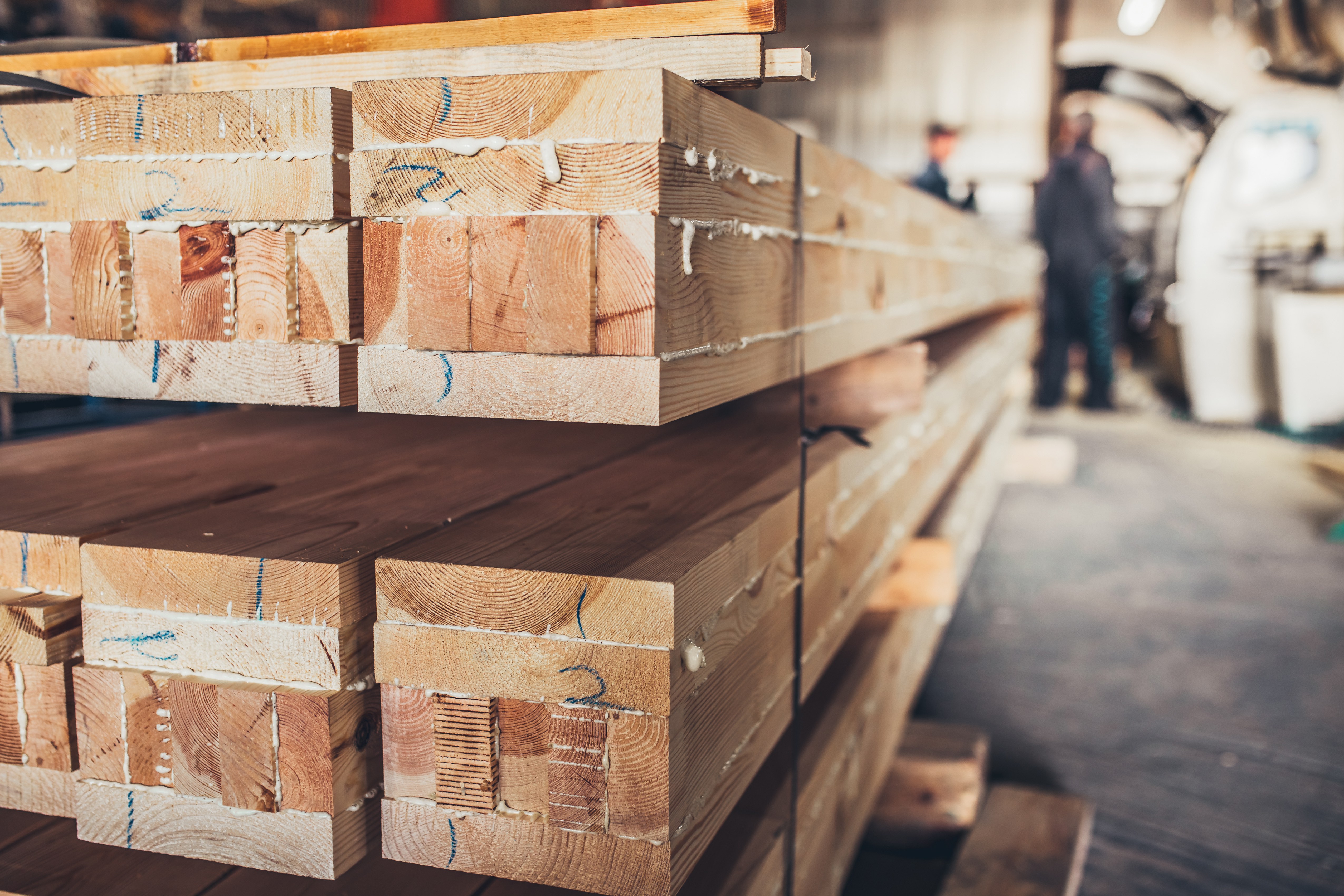
Laminated veneer lumber is made out of layers of thin veneer which align themselves with the length of the lumber they will be placed on. It was first used in 1941 as an aircraft part. As of the moment, Douglas-Fir is the most widely used raw material for LVL in America. New Zealand and Southeast Asia substitute Douglas-Fir with Radiata pine and rubberwood. Laminated veneer lumber is arguably the most popular engineered wood in the 21st century.
Despite its durability, adjustable dimensions, and the complicated process of making LVL, it is still considered low-cost in terms of purchasing and production. Another advantage of LVL wood is that it’s not limited to the size of the log it’s being used. This is because the manufacturing process uses a rotary cut and multiple layers being pressed together instead of a straight cut. However, it’s not as durable as other types of wood. The LVL wood is also prone to warping, if not properly stored. Uses of the laminated veneer lumber range from headers, roadway signposts, rim boards, truck bed deckings to skateboards, and custom panels for marine projects.
Laminated Strand Lumber (LSL)
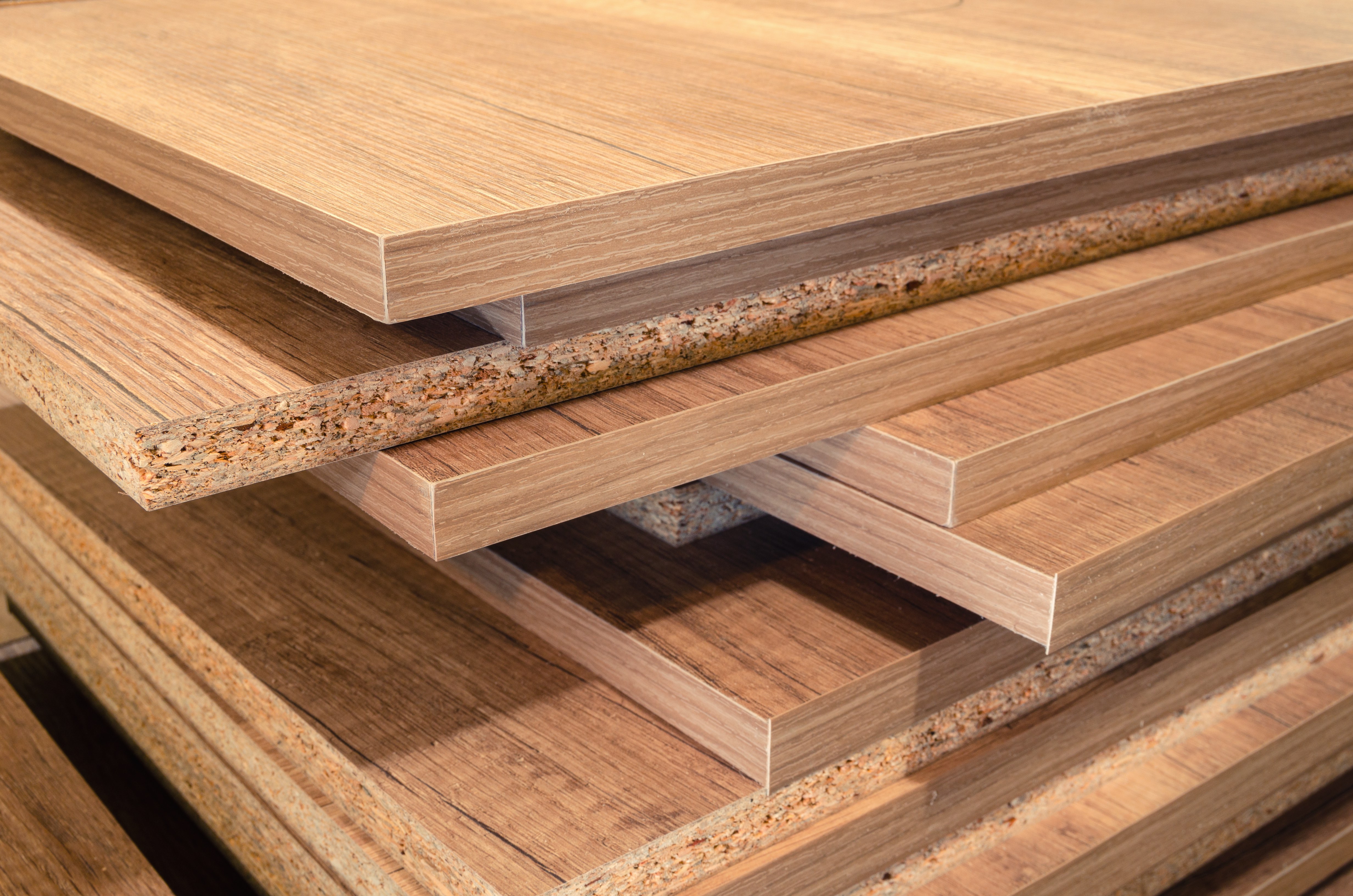
Laminated Strand Lumber is a versatile type of wood that is preferred in a wide range of residential construction projects. In comparison to traditional lumber, laminated strand lumber is stronger and designed to withstand the weather. Additionally, LSL wood is pre-dried, making it less likely to warp in comparison to other types of wood. In comparison to LVL wood, the laminated strand lumber is cheaper but not as strong as LVL wood or other types of engineered wood. Compared to glulam, LSL is less prone to splitting failures on connections.
LSL wood is the best for framing and floor support. It also boasts an even density on all applications. Builders use the laminated strand lumber when making headers, beams (including roof beams), rim boards, rafters, truss, stair stringers, and wall stud applications.
Conclusion
We hope you learned a thing or two about the different types of wood, from the naturally wooden trees to the pseudo woods such as the engineered woods and woody grass and plants. Now you can go through your home depot lumber with ease, knowing the right type to choose for your furniture plans. There’s also the wood database to check on if you’re looking for a certain type of wood we didn’t discuss. We also hope you remember that every piece of wood is good for something. We just need to know the best way to use it. Finally, please be mindful of using too much wood as well, since deforestation has caused a heavy blow on our environment too.
Was this page helpful?
Our commitment to delivering trustworthy and engaging content is at the heart of what we do. Each fact on our site is contributed by real users like you, bringing a wealth of diverse insights and information. To ensure the highest standards of accuracy and reliability, our dedicated editors meticulously review each submission. This process guarantees that the facts we share are not only fascinating but also credible. Trust in our commitment to quality and authenticity as you explore and learn with us.
